Once again, returning to La Restinga. Locals jokingly say that we are already "like family." It helps a lot that since arriving here, we have been diligently learning Spanish and are already able to talk about many things. We understand how the Fishing Brotherhood can operate in the reserve—it unites people who fish using traditional methods, not with nets but with steel wire and hooks. Though less efficient, it causes no damage to the surrounding ecosystem. Our well-equipped yacht workshop helps us make friends, often lending fellow sea people various tools.
We also learn that the combination of a small population and lots of wind allows the island to be nearly energy-independent—a dozen or so wind turbines supply power to the entire island and pump water to the hydroelectric plant. On those rare days when there is no wind, it provides electricity to the residents. Electricity is also used to desalinate water, which benefits banana and pineapple plantations. Nearly all the pineapples available across the islands come from El Hierro. Locals assure us they are the most delicious pineapples in the world. It is difficult to verify, but they really are excellent and reach the stores very fresh, just like other locally grown fruits—avocados, papayas, mangoes, or figs. Their taste is incomparable to those bought in Poland.

We also enjoy other local specialities, particularly the fish. The brotherhood's shop opens at different times depending on when the boats return; the assortment also varies depending on what is caught that day. It is possible to get filleted fish along with a separate head and bones, allowing the meat to be fried, and the rest to be used to cook delicious fish soup according to the recipe provided by the sales ladies at the shop.
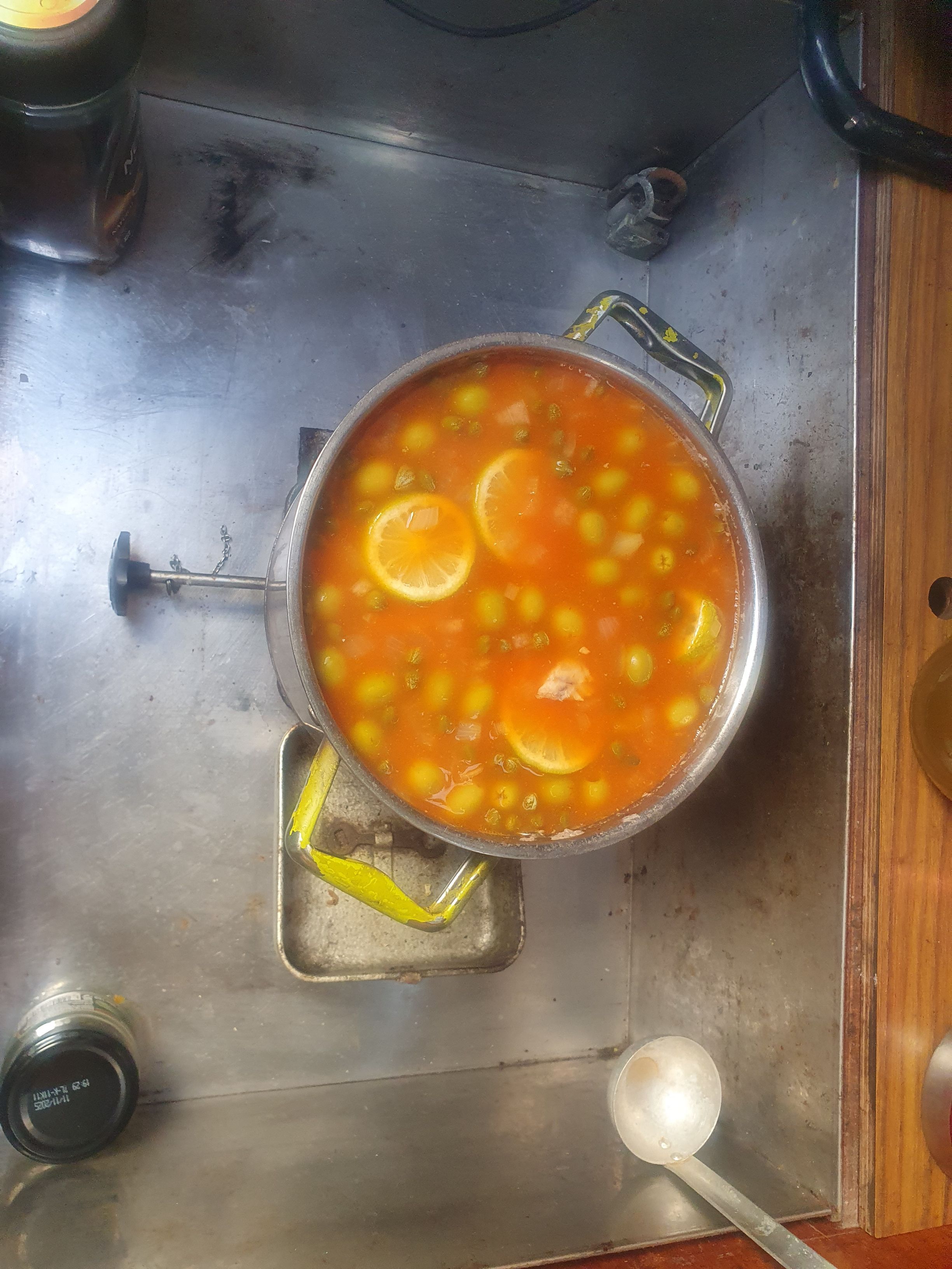
We don't have strictly defined holiday plans (we are just planning where to move our yacht next year). Since Kamilka really enjoyed last year's Virgen del Carmen celebrations, we decide to stay in La Restinga until mid-July. We go to the beach and the only playground in town daily. One of the ladies who works in the brotherhood noticed that Kama was sitting alone and not playing with anyone, so she gathered all the children, introduced our daughter, and asked them to take care of her. It was a bit difficult because even in Polish Kama is not very eager to interact with unfamiliar children, but there was a girl from Venezuela who had lived for a few years on El Hierro. After the holidays, she and her mother were to join her father in Norway. Since both girls spoke English and both were facing a big change in life by starting school, they found a common language and played together until the end of our stay.
On the beach, there were always children who admired our daughter's mermaid tail. Kama spotted it in a Chinese shop in Tenerife and was willing to spend 10 euros of her own money to have this wonder. A long fabric tube fastened at the bottom with snaps makes walking impossible and swimming significantly harder, but it allows her to feel like a real mermaid. Since we usually set up camp in the shade, quite far from the water, Kamilka would put on the tail on a blanket and then hop in it on both feet across the entire beach to finally dive into the water with relief. One thing we liked about the tail was that it finally convinced her to swim with a snorkel - it was easier for her to stay afloat with her legs bound when she didn’t have to emerge her head every moment. Later, we learned that several local children also pleaded with their parents for such wonderful tails.
There we met Romy and Res - a young Swiss couple who were tired of life in a tourist town, and when they came to El Hierro they felt it was their place on earth. They bought a piece of land with a fig and prickly pear orchard and are gradually building their farm here. Their daughter Ronja was also born here. Born mountaineers, they listened with curiosity to sea stories, and we to stories about everyday life at the end of the world.

Zuza discovers that there are many interesting materials and recommendations at the Tourist Information Center. We knew from the beginning that El Hierro is a geopark with over 500 volcanic craters, but now we learn that there is a whole network of well-marked mountain trails here. For Kama's sake, we choose the relatively easy ones. This way, we explore the humid laurel forest.

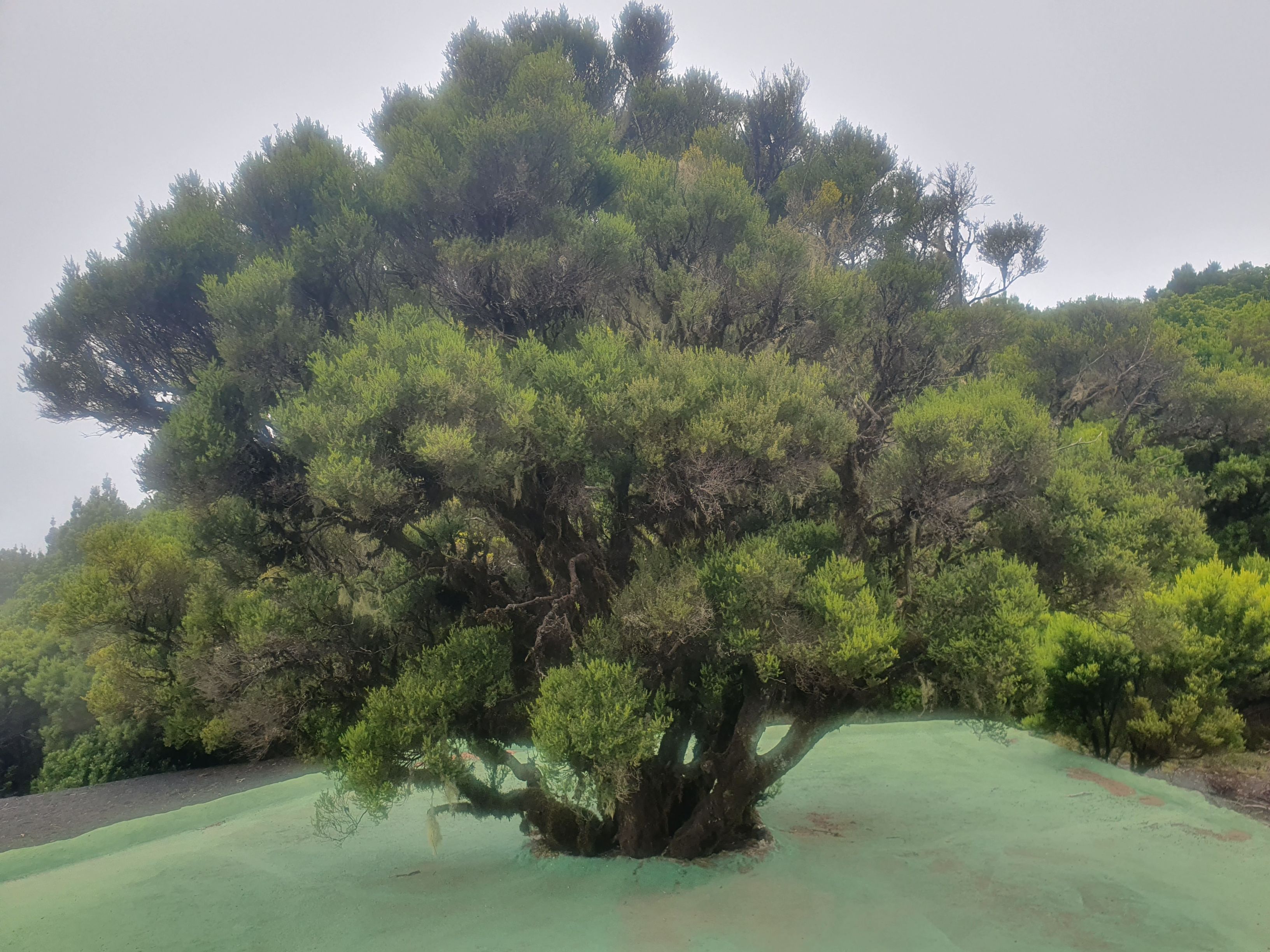
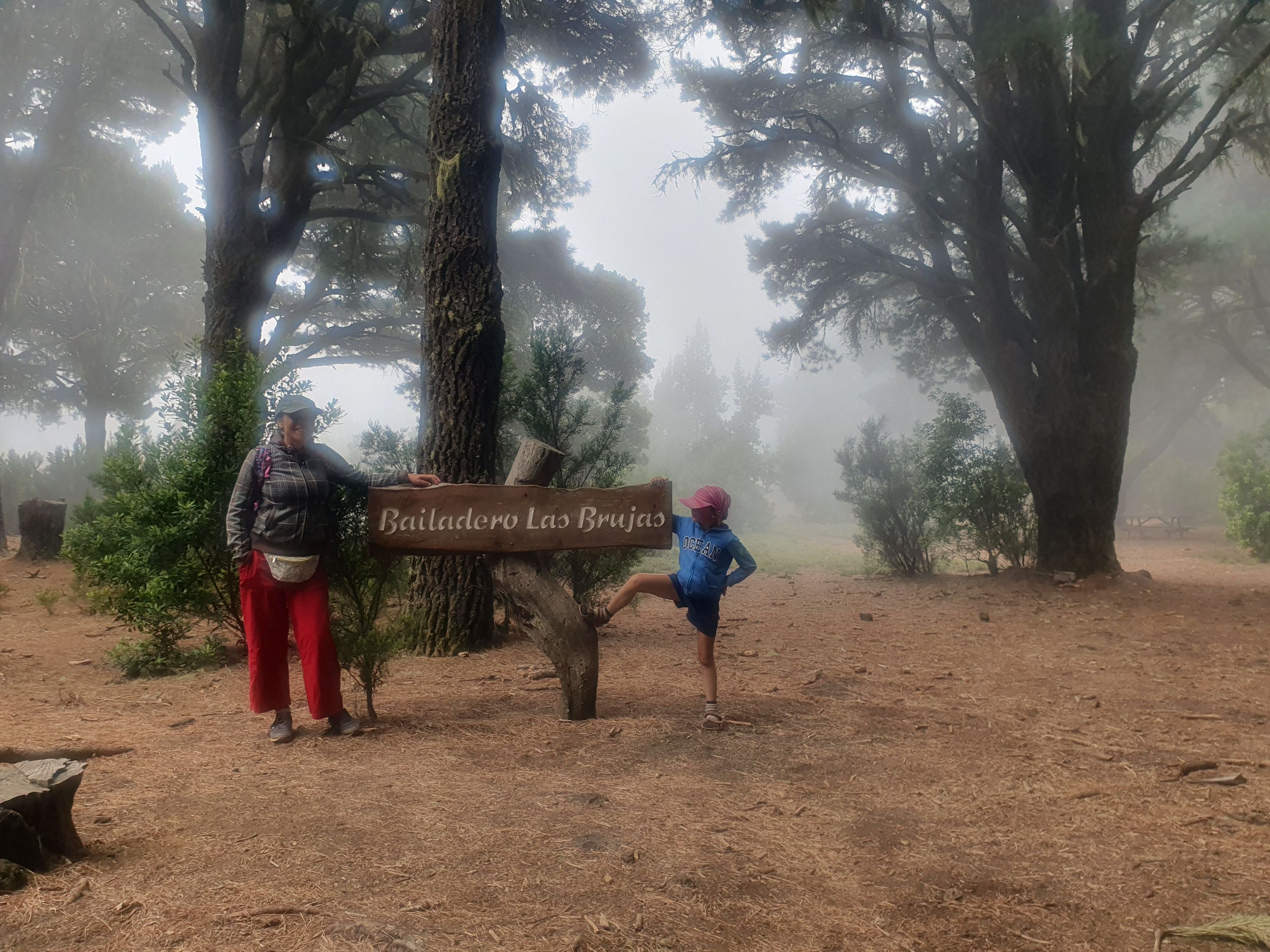

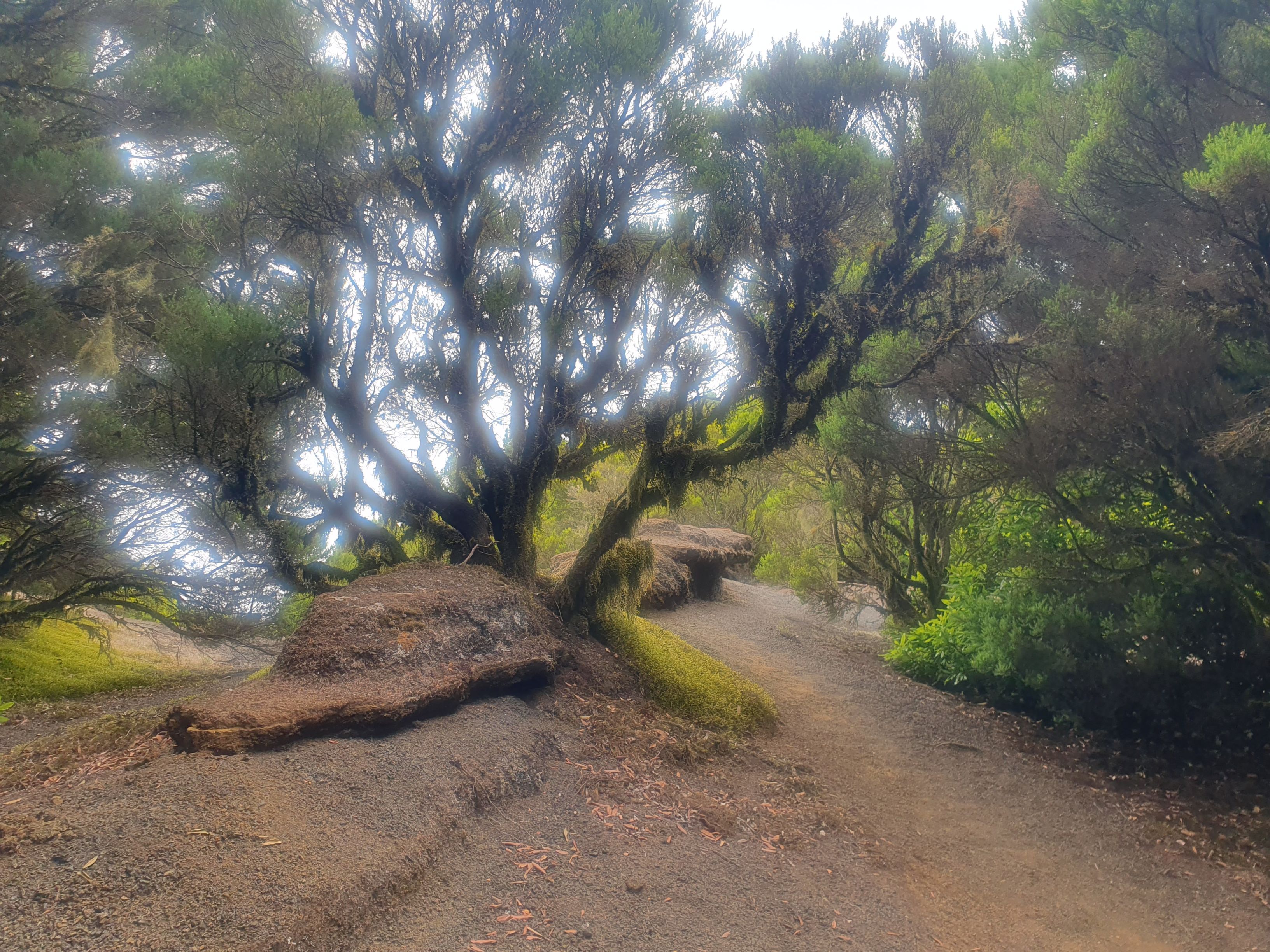
We also visit the Arbol Garoe, a tree in a rocky niche. Thanks to the specific geological structure of the substrate, water condensed on the leaves collects in pools under the tree. There is so much of it that even during droughts it sustained the entire population of the Bimbaches - the original inhabitants of this island.
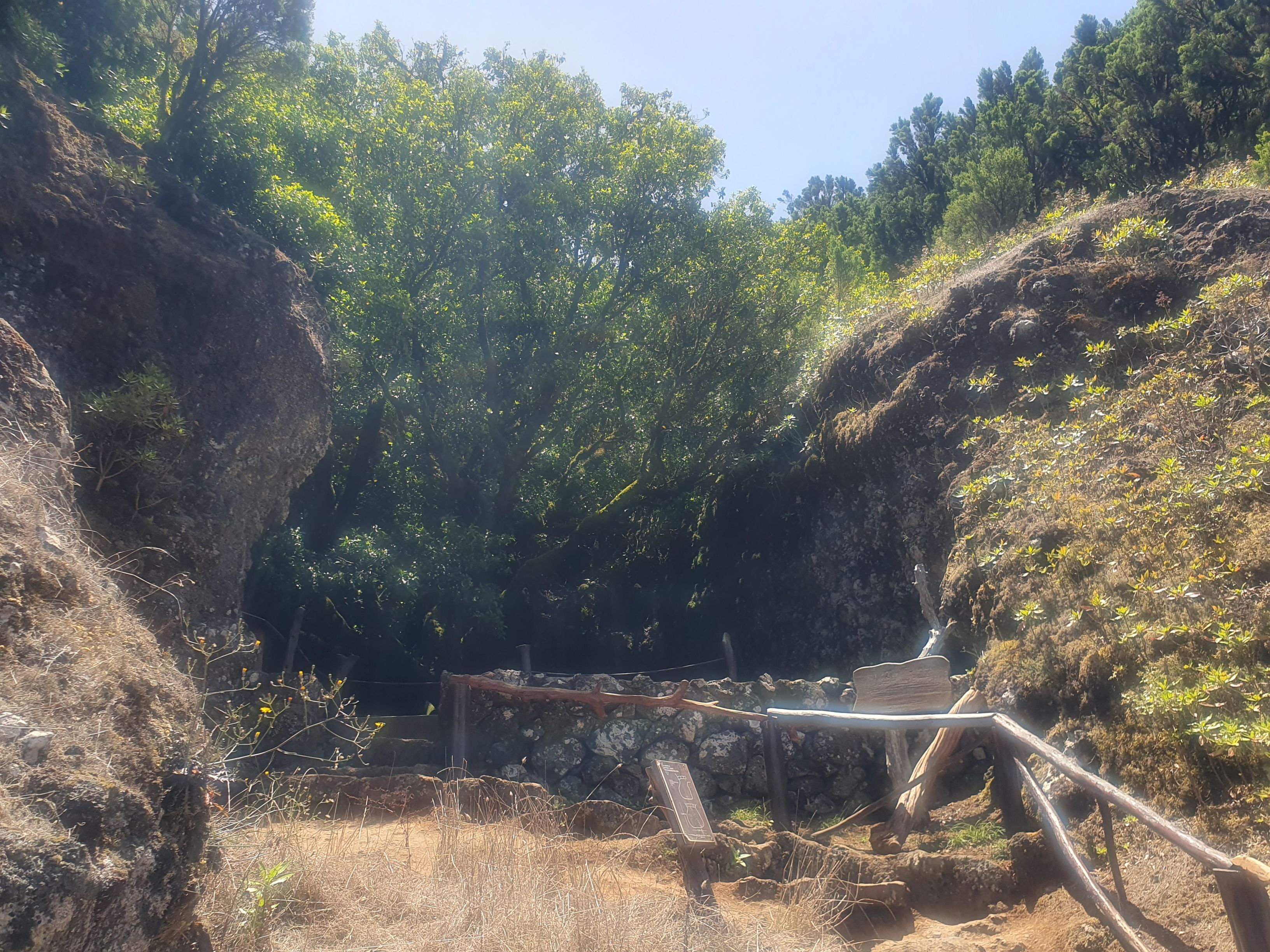
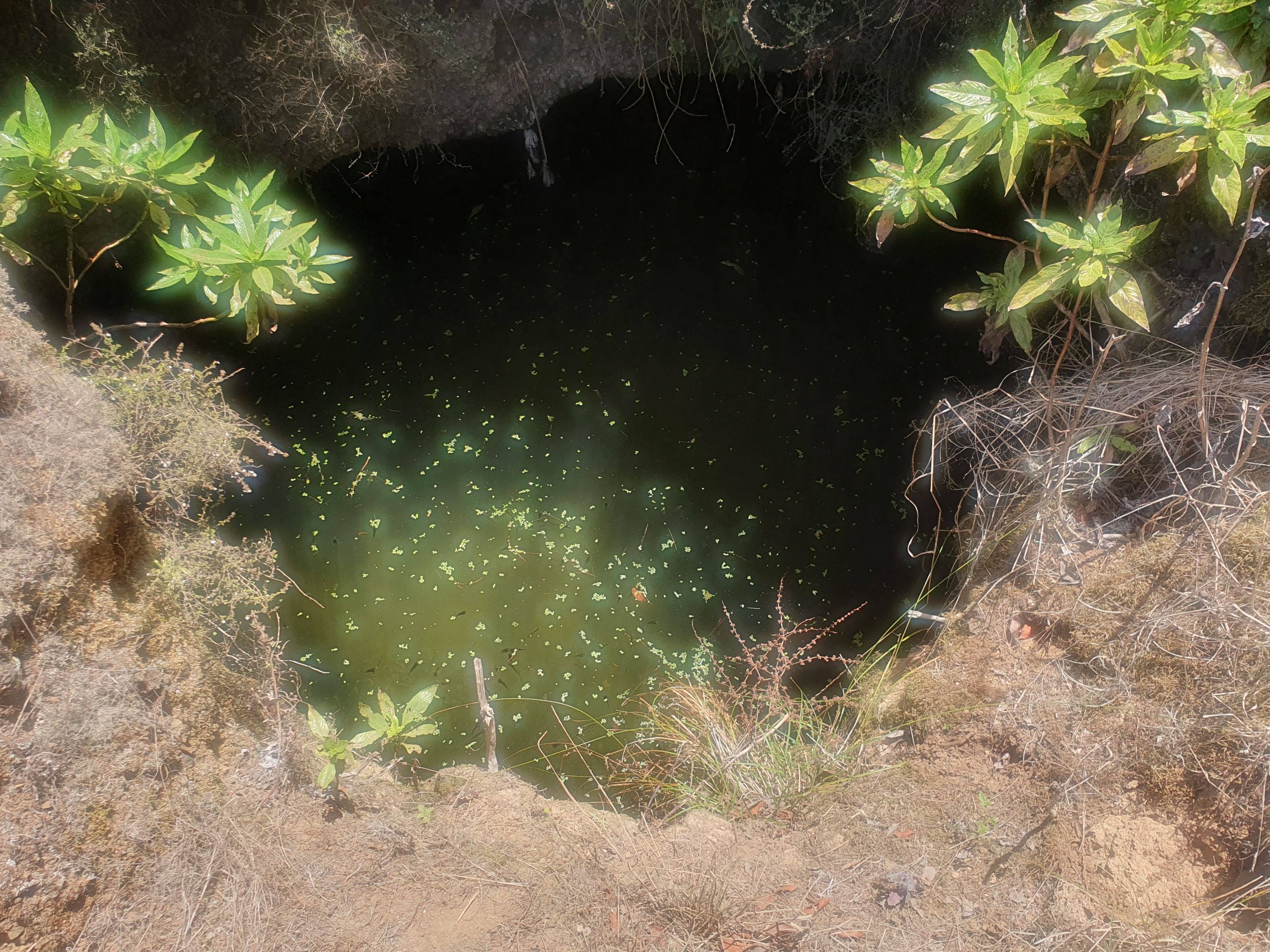
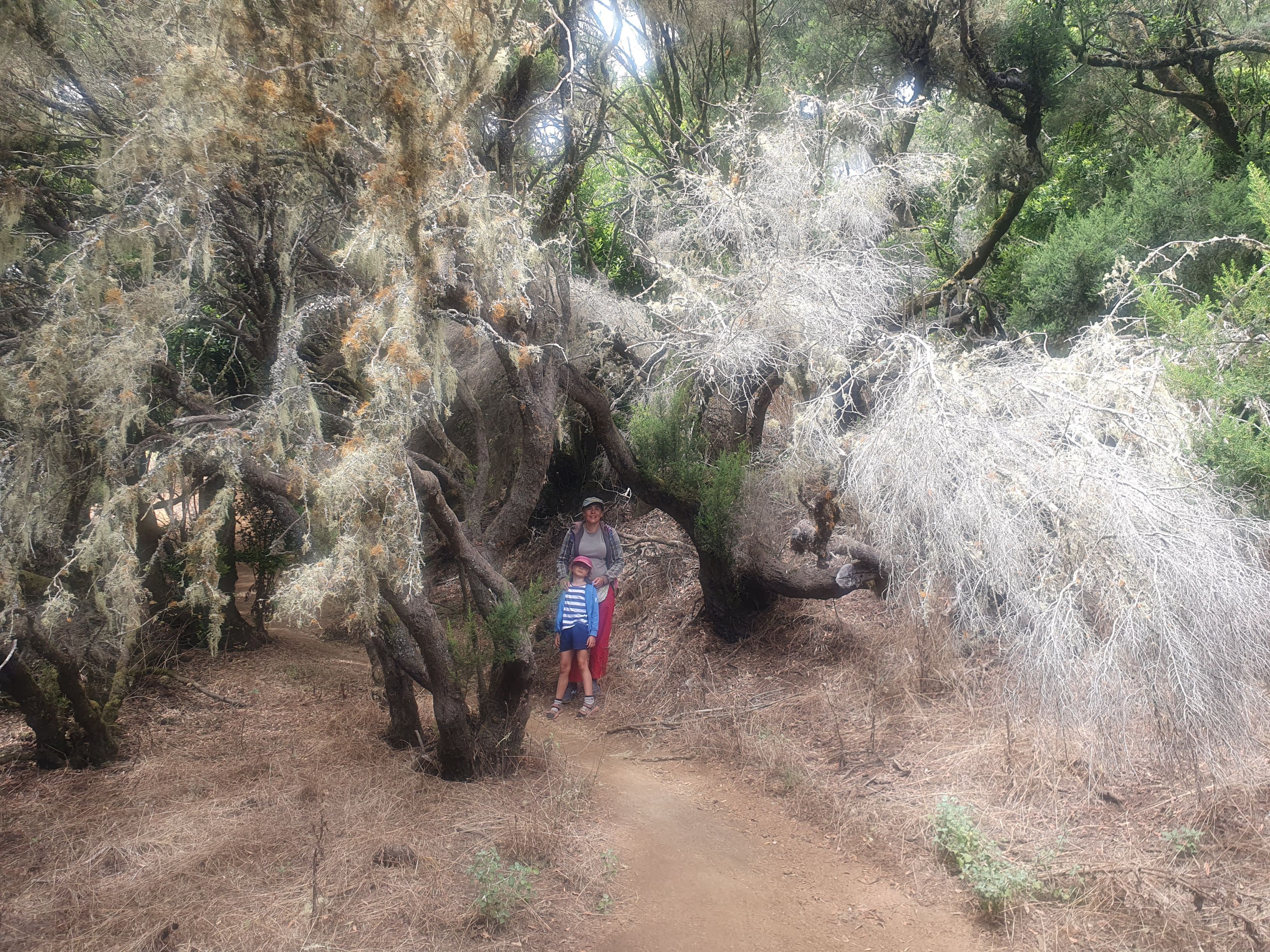
Fragments of the trail pass through picturesque areas, all red from iron oxide. Everything looks like Mars, with the difference that the red color is broken by green trees and agaves. It looks beautiful.
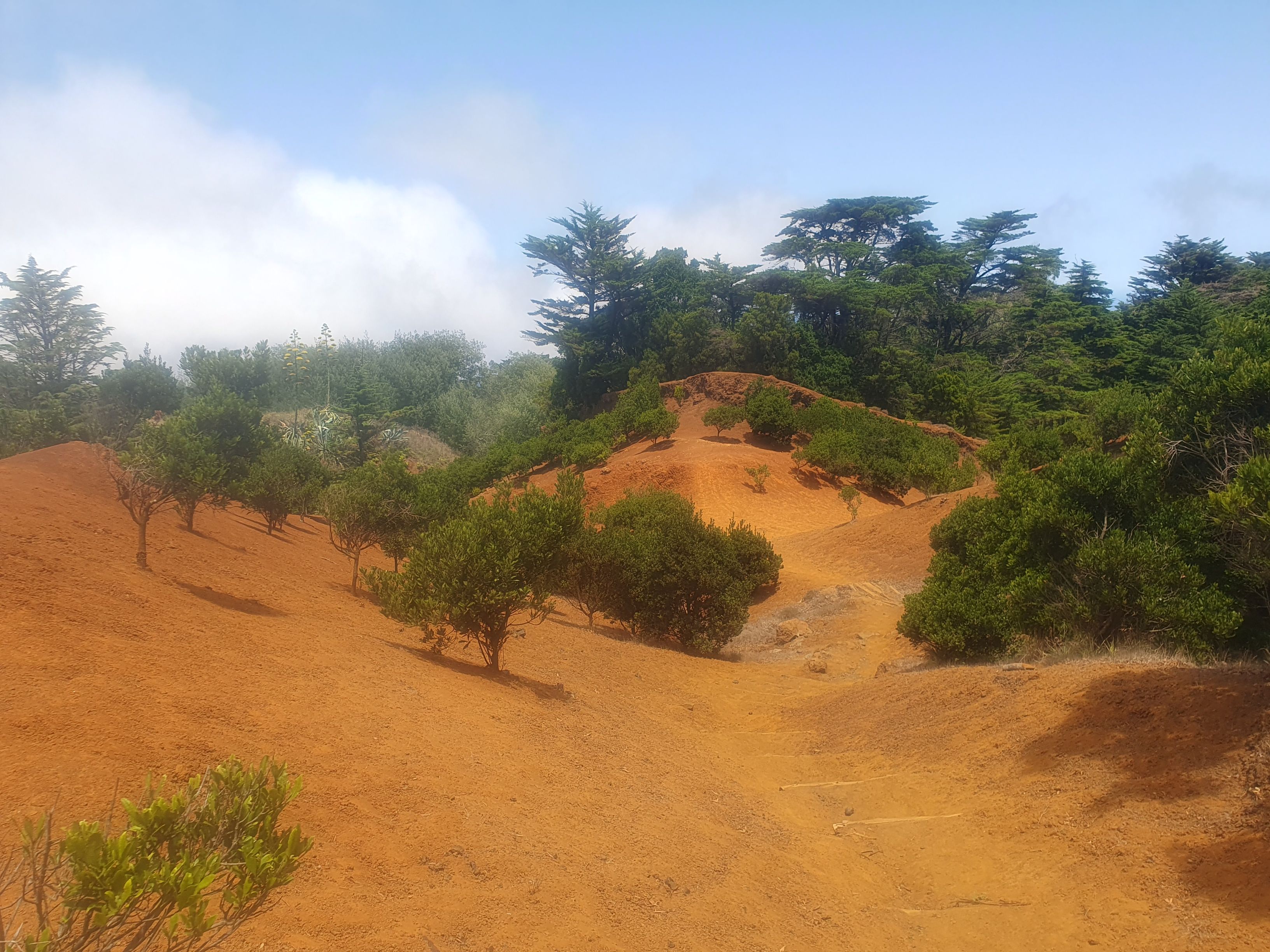
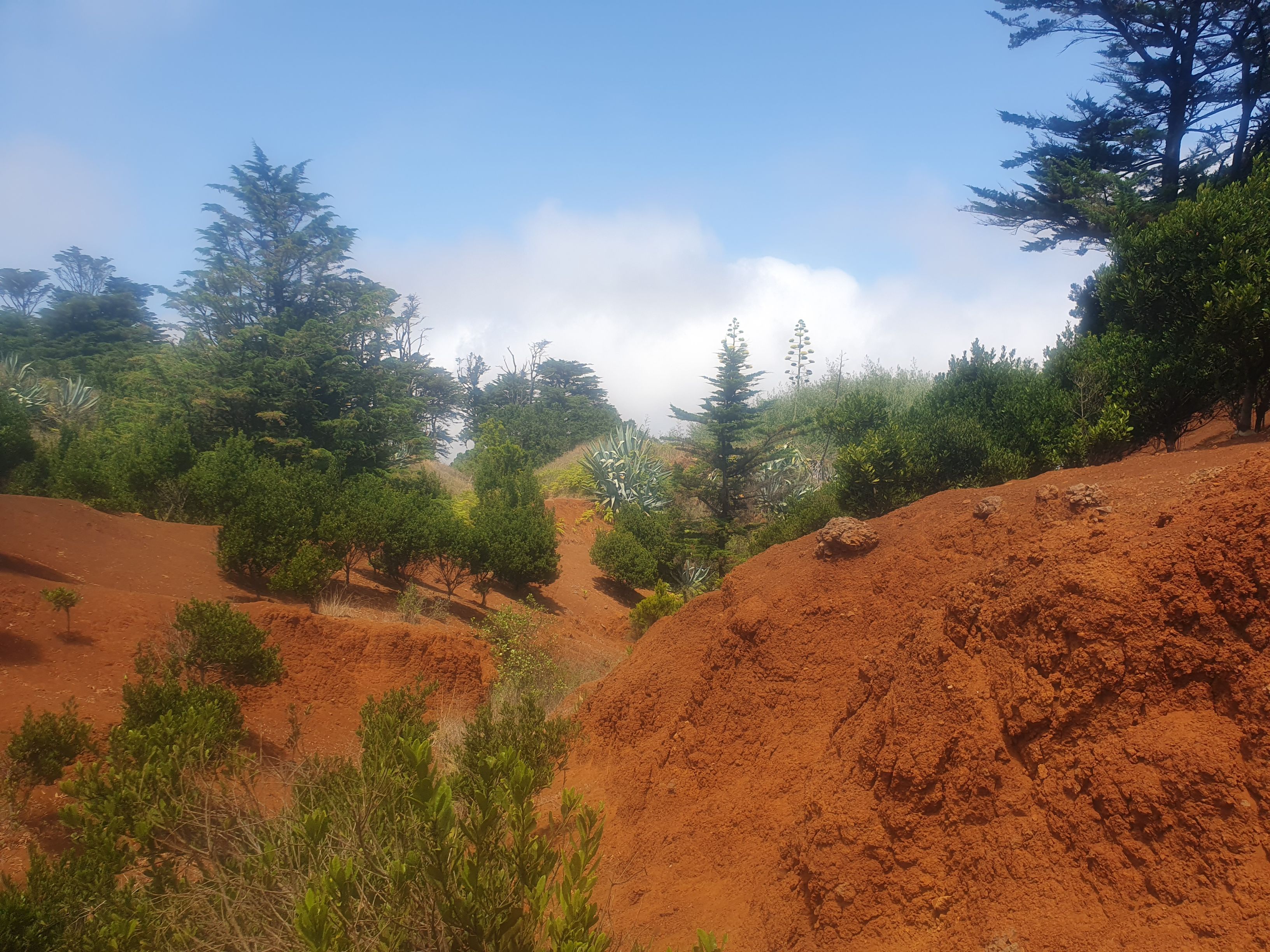
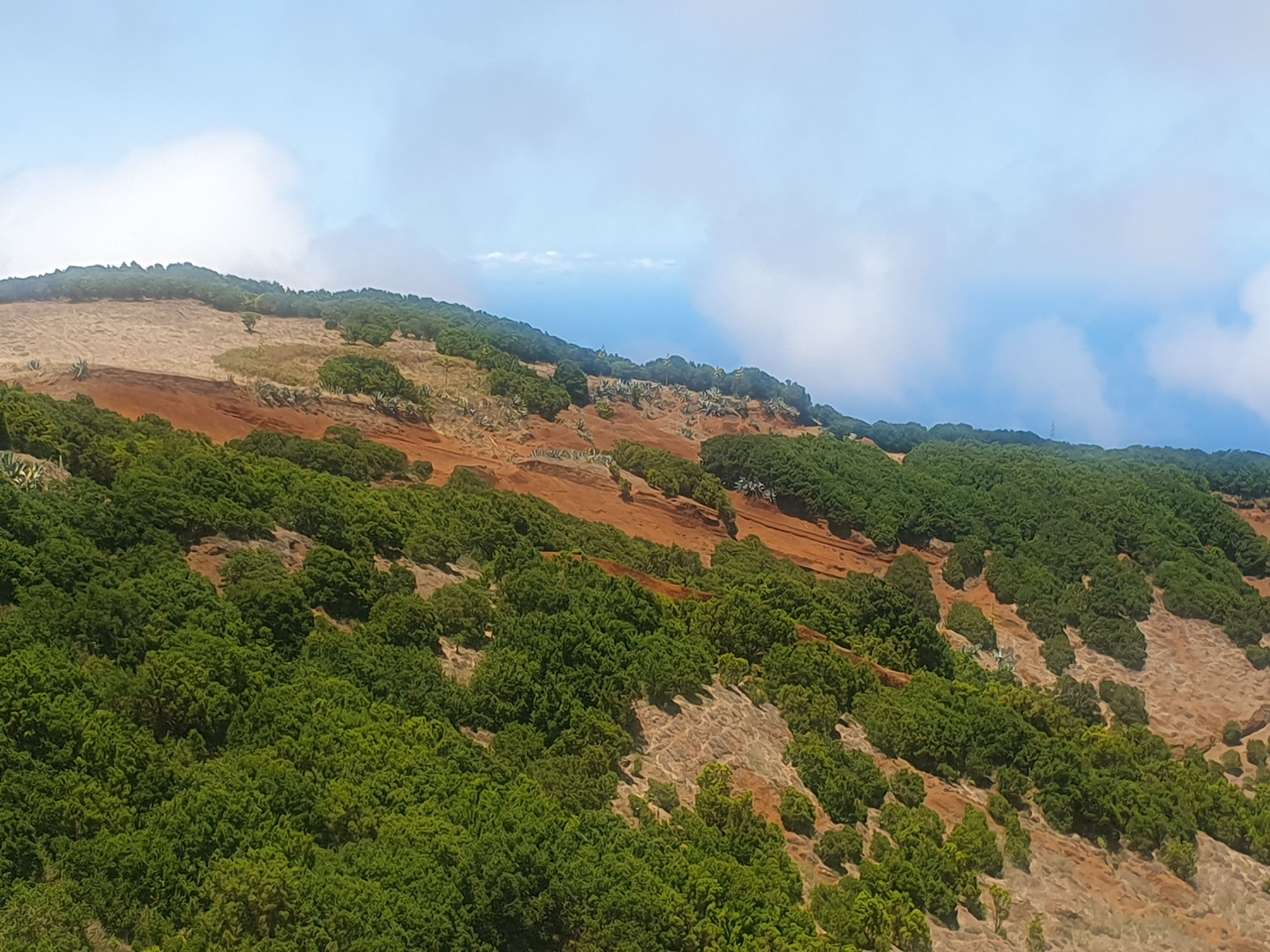
In another part of the island, fragrant coniferous forests grow.

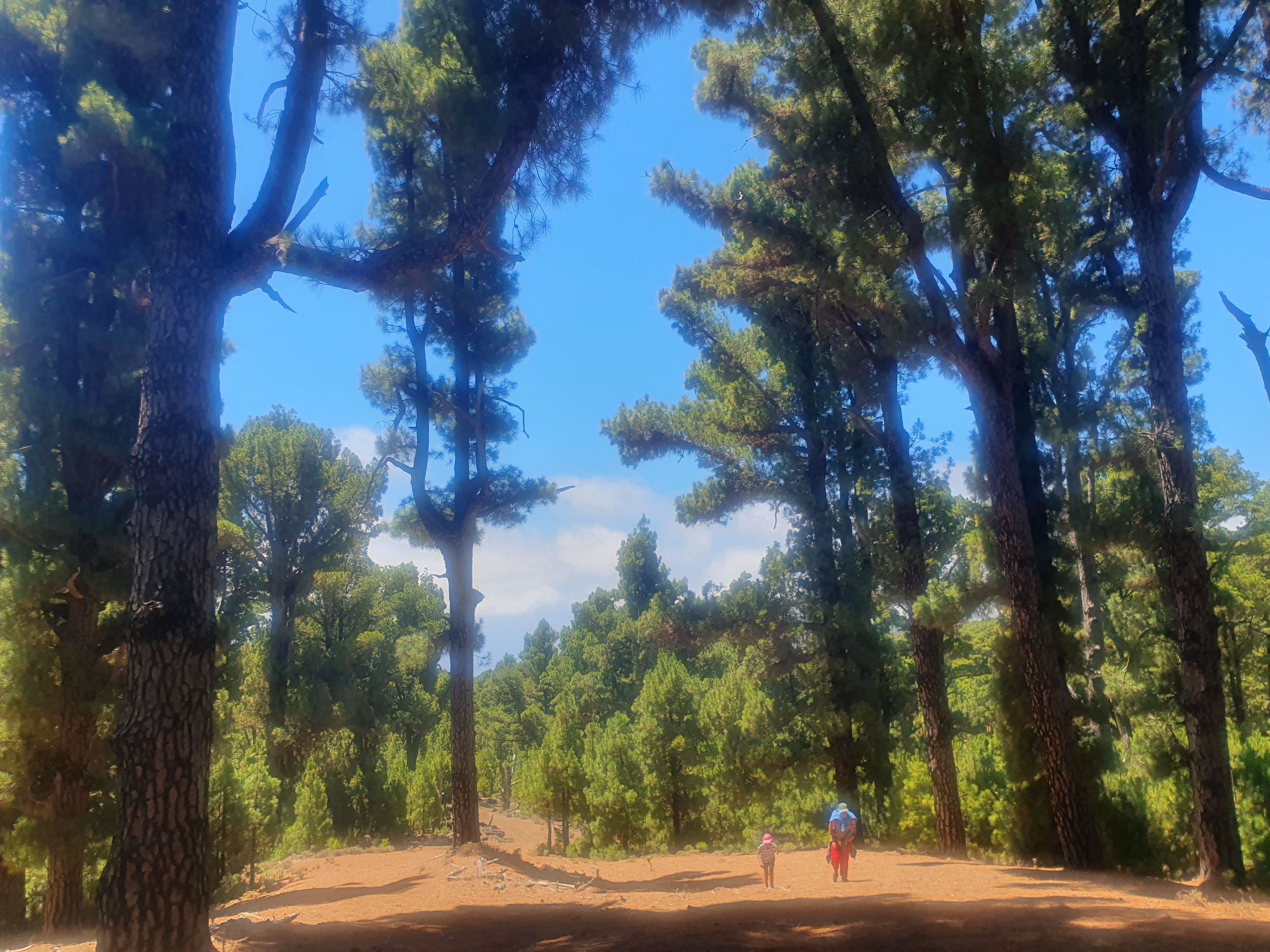
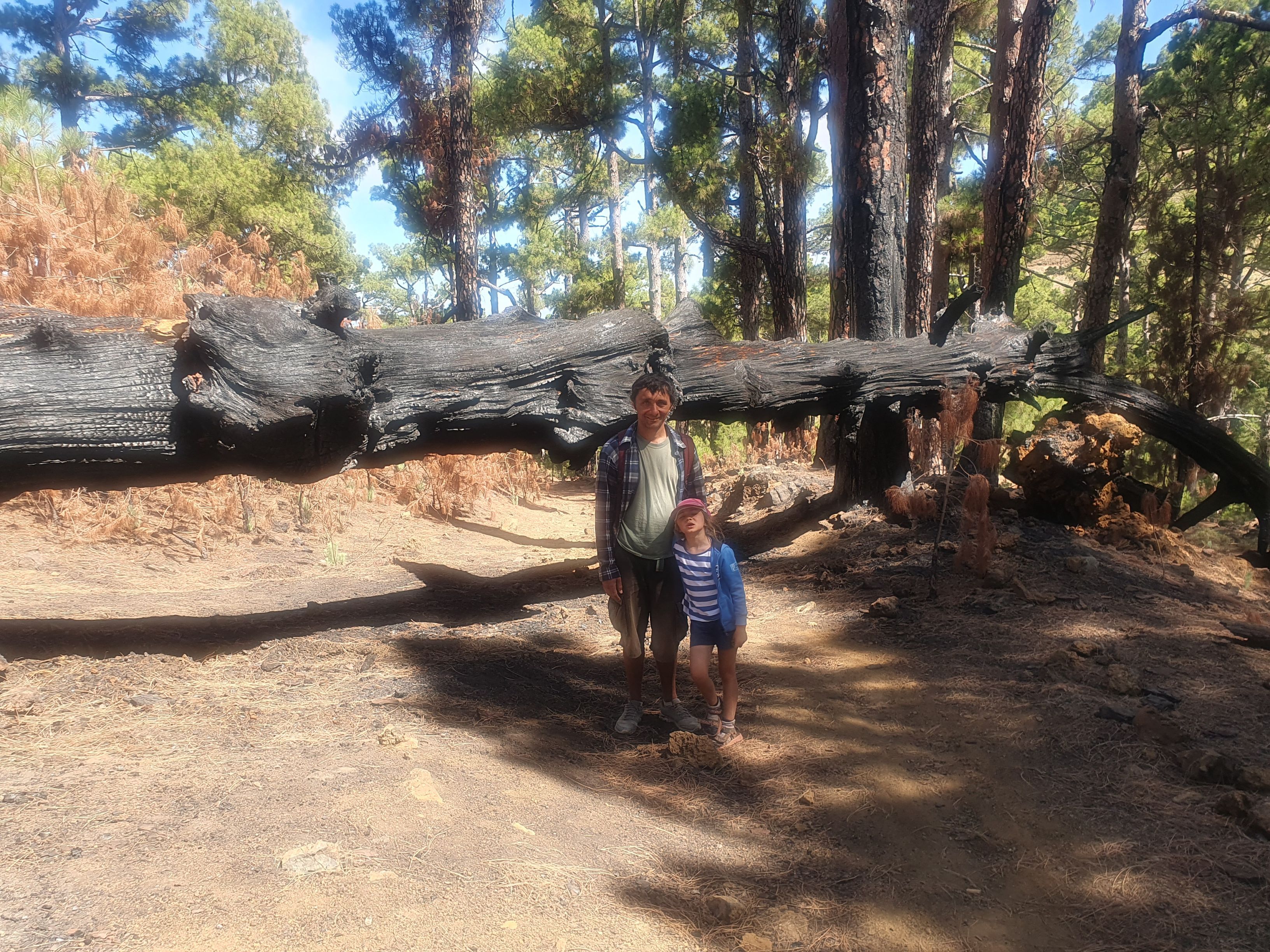
We also encounter interesting vegetation.
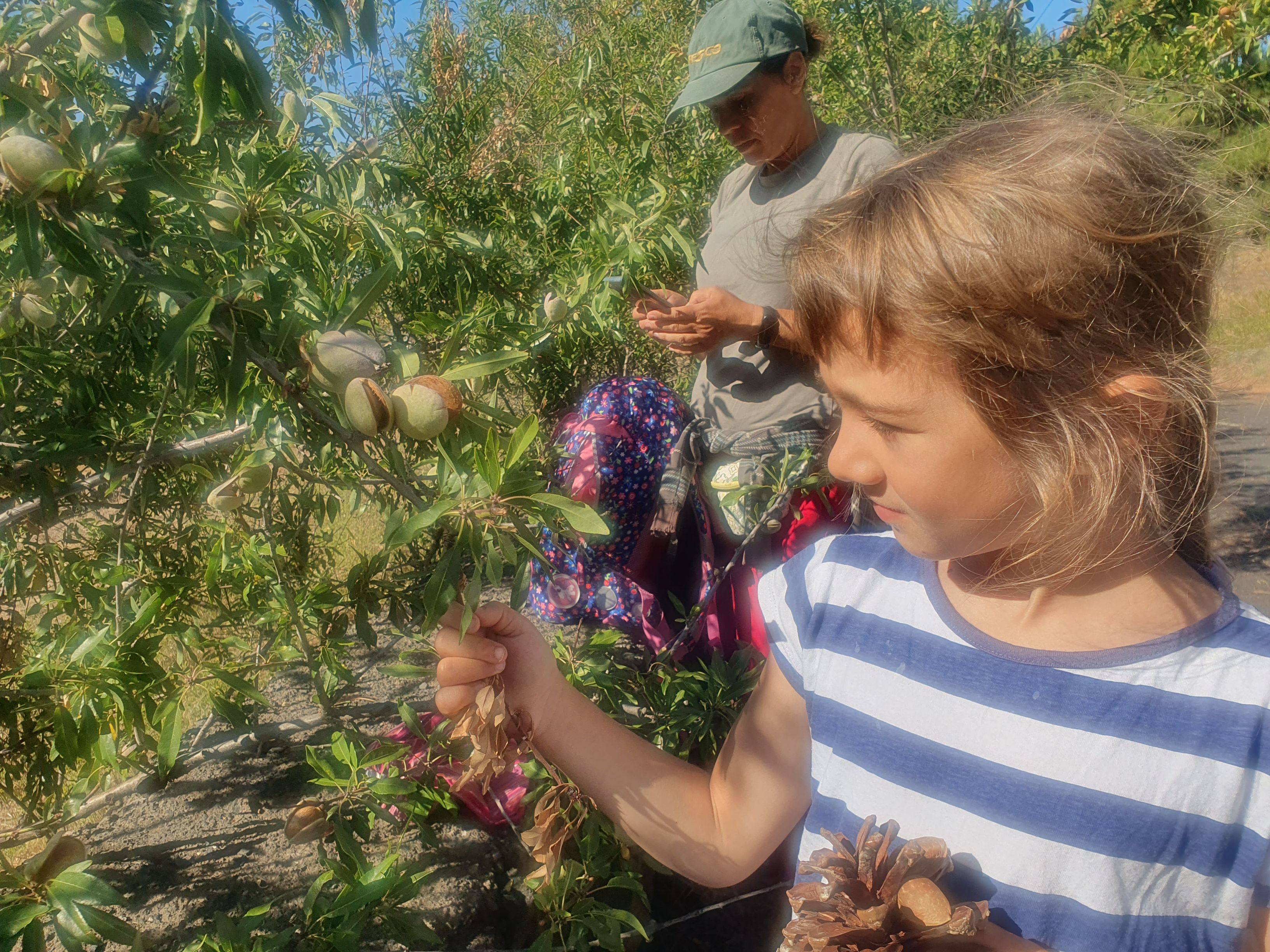

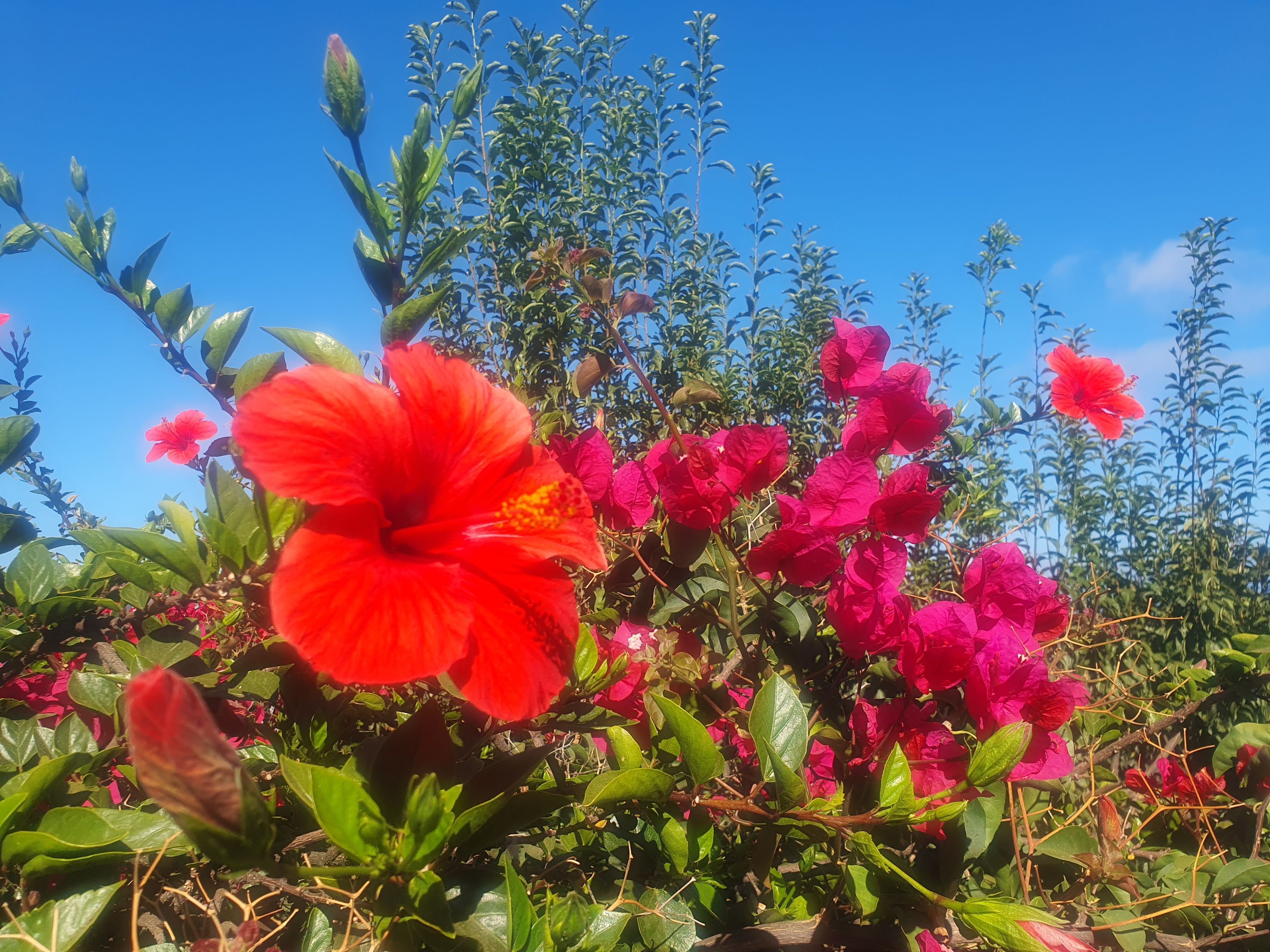
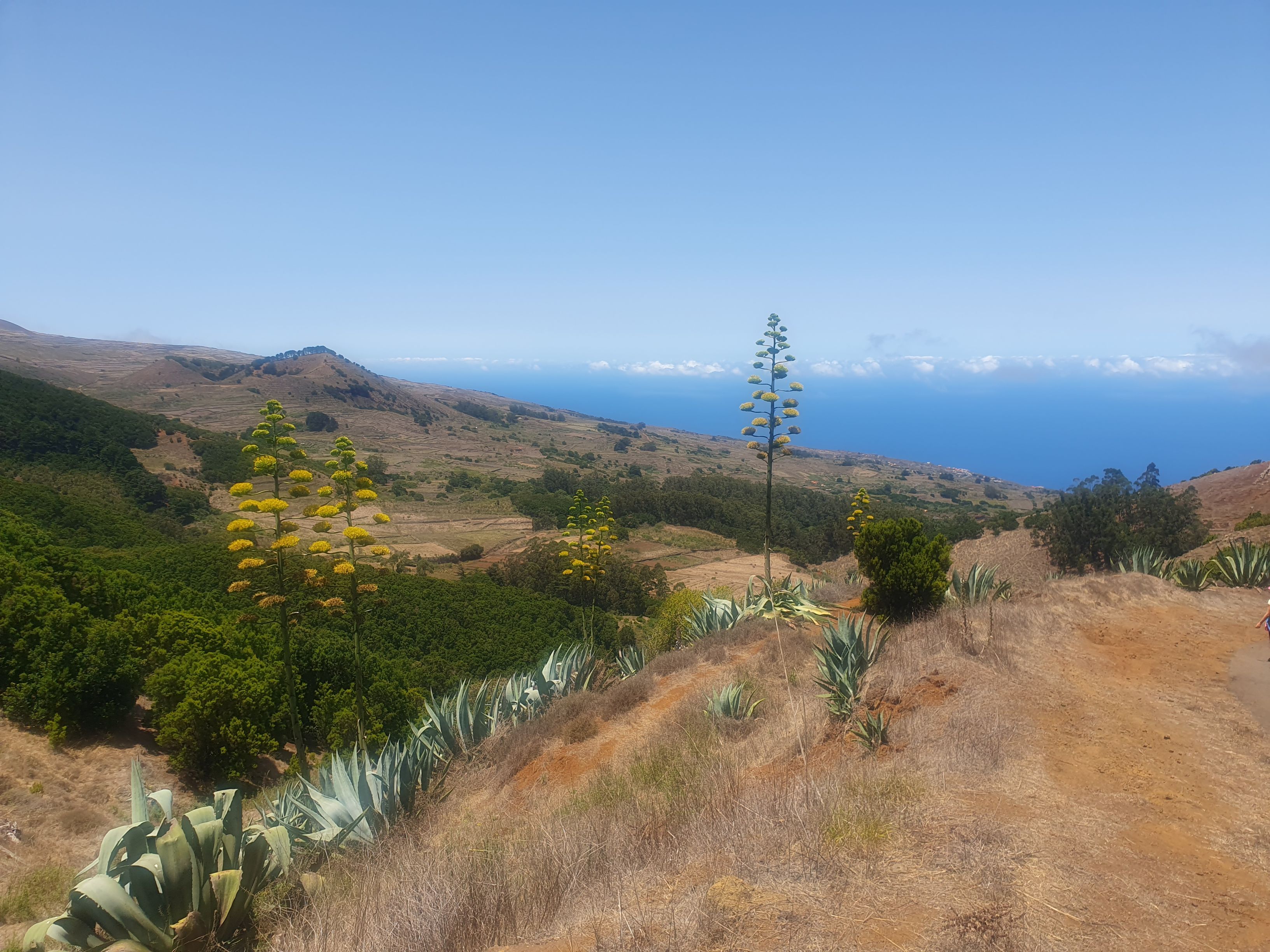
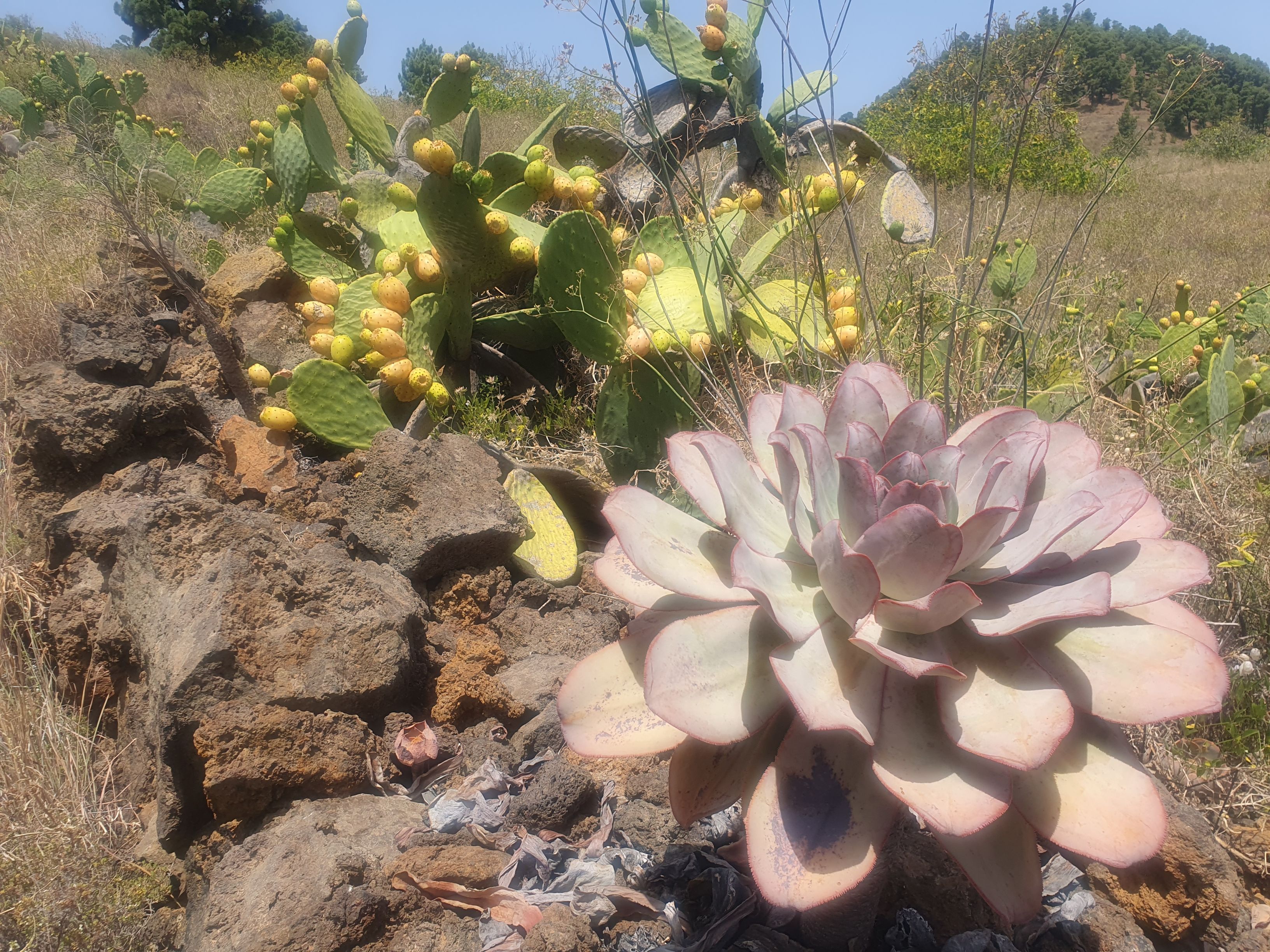
As it is in the mountains, we are accompanied by beautiful views.

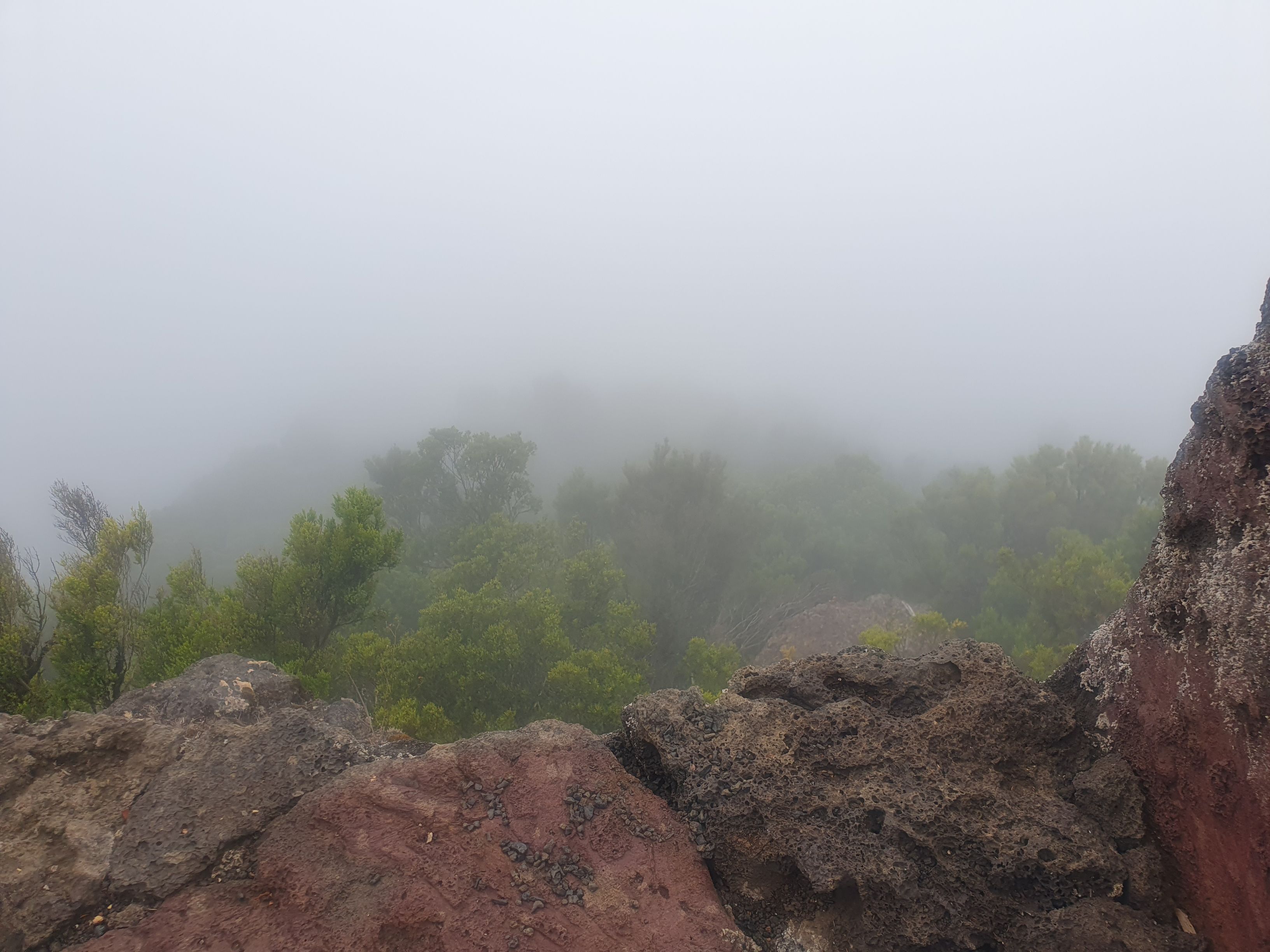
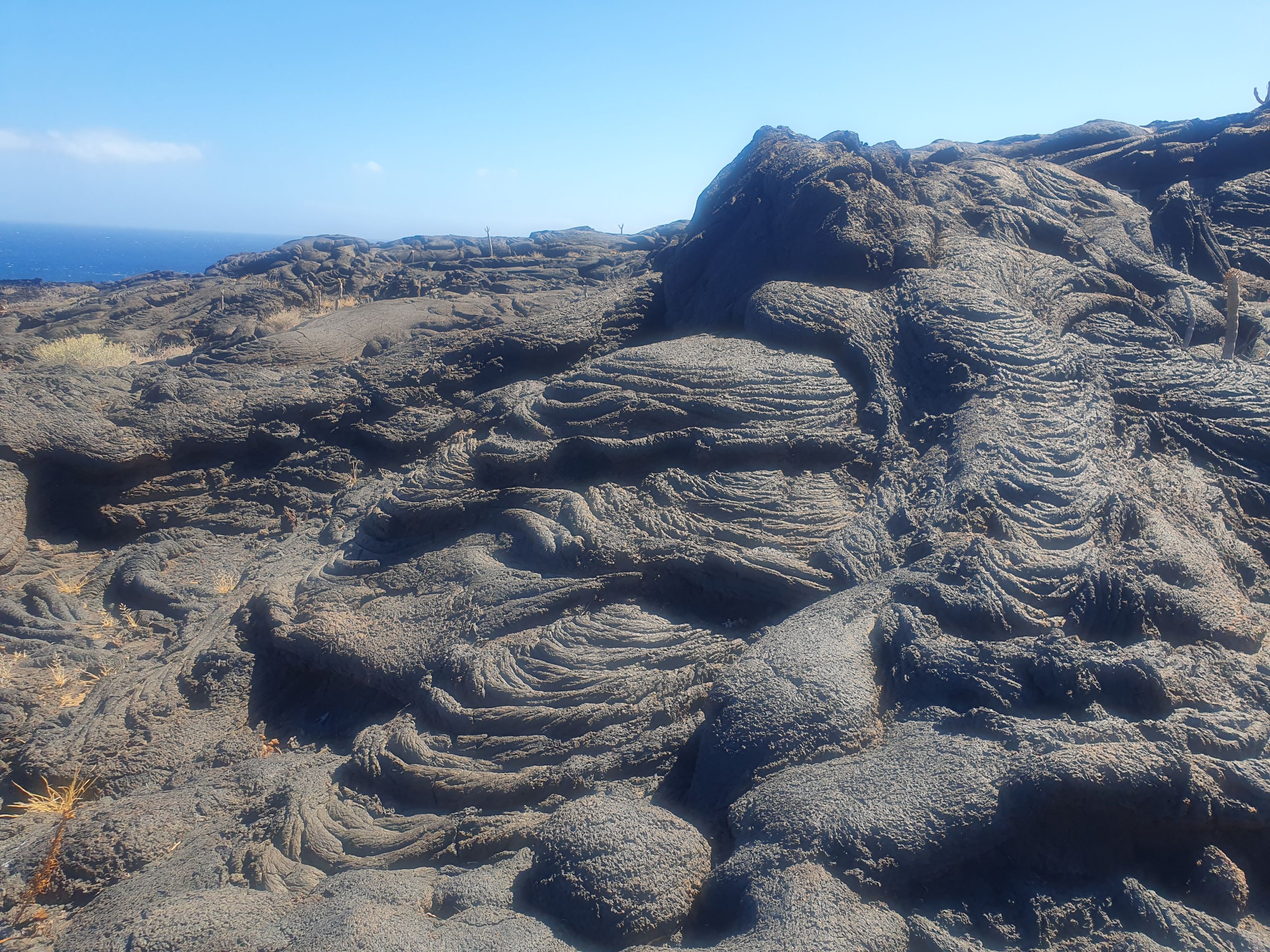
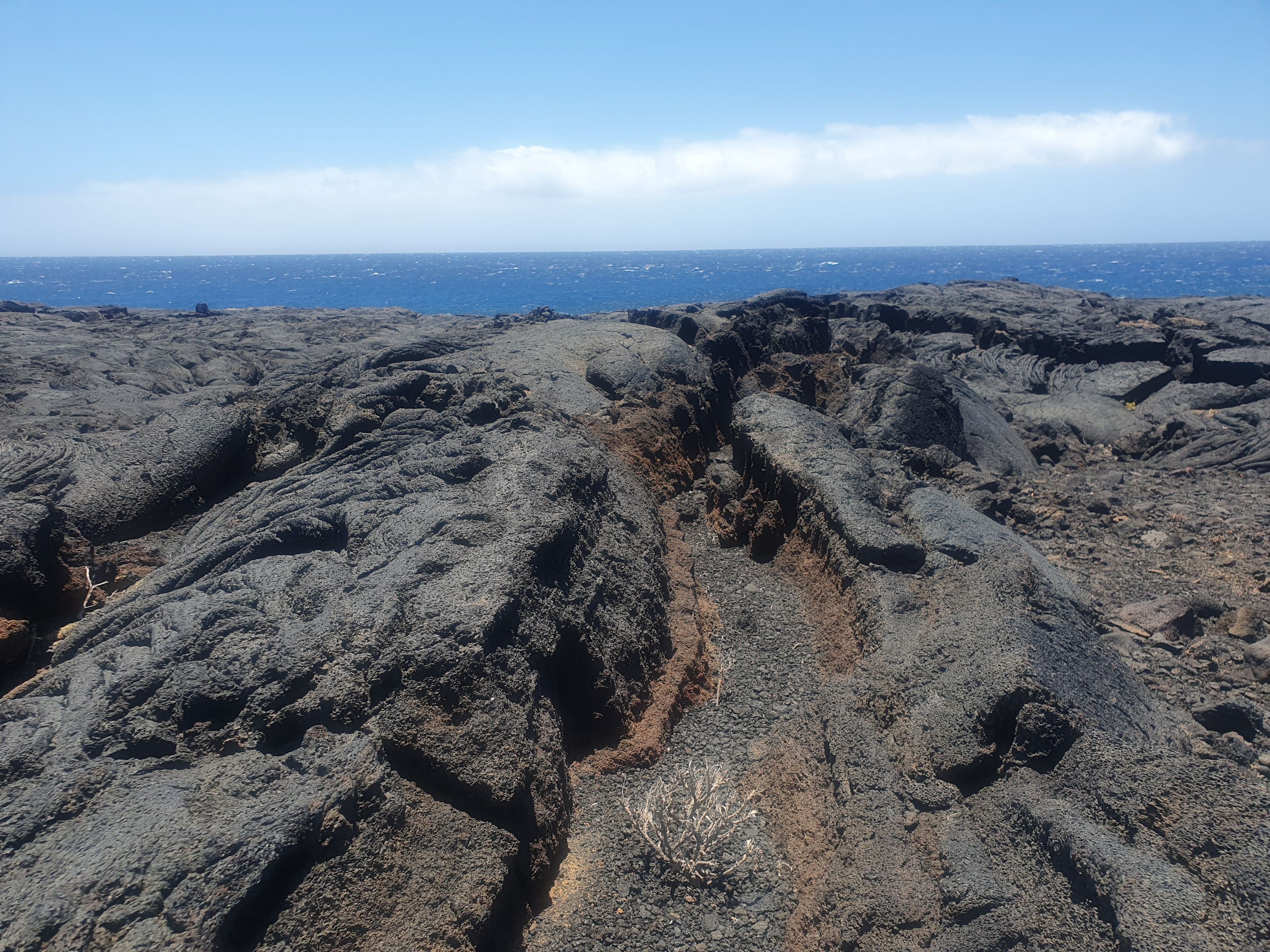
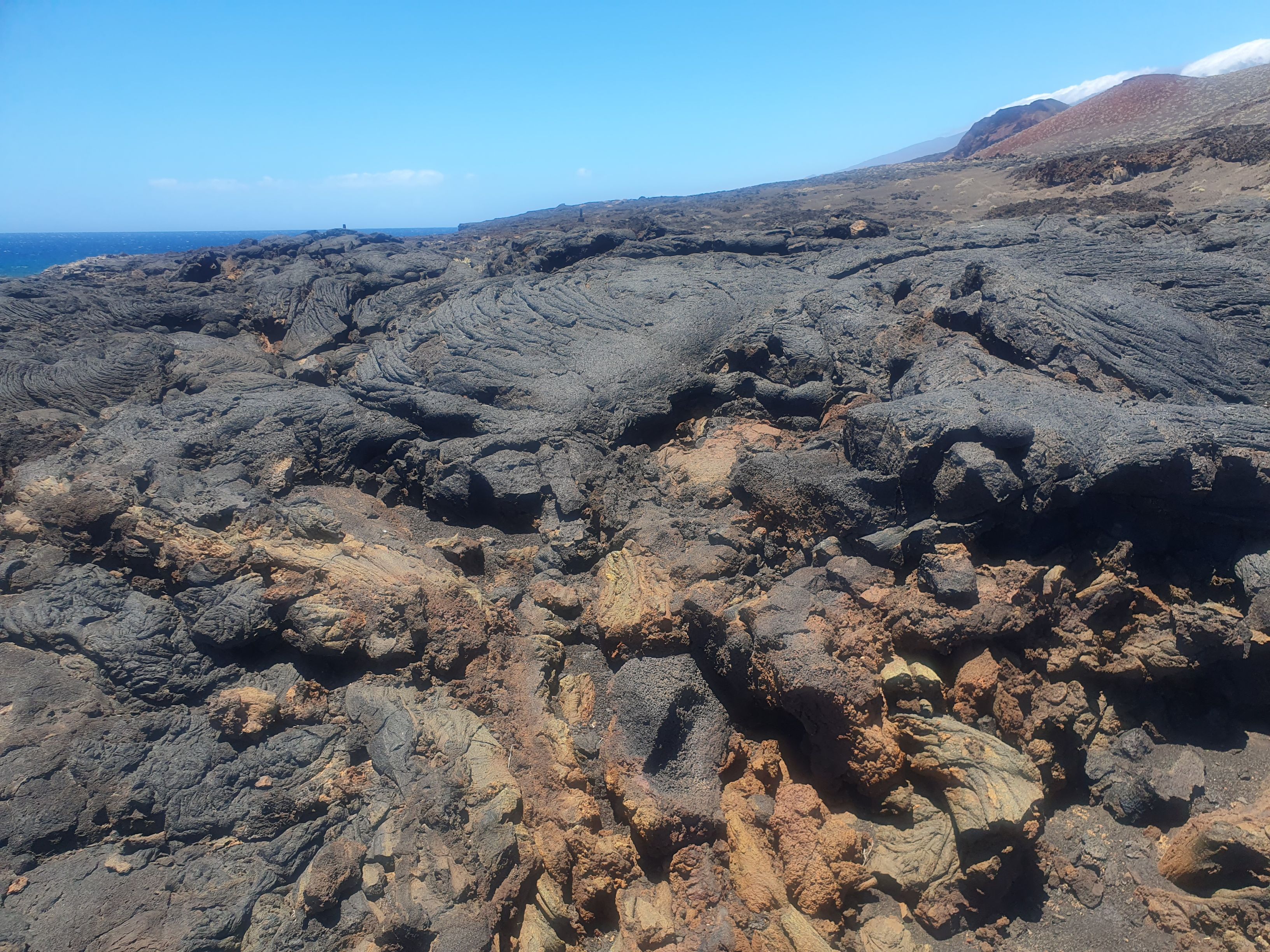
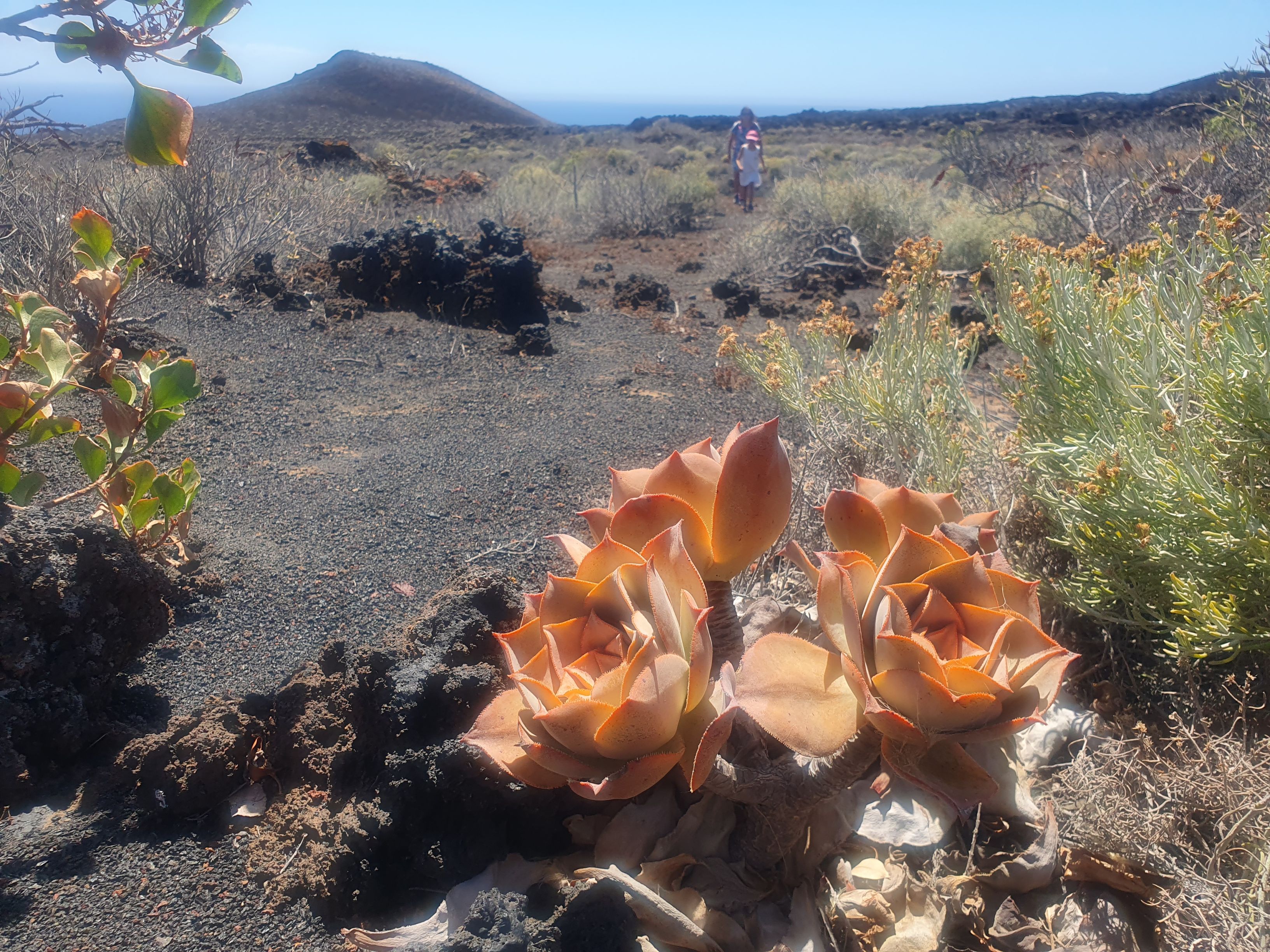
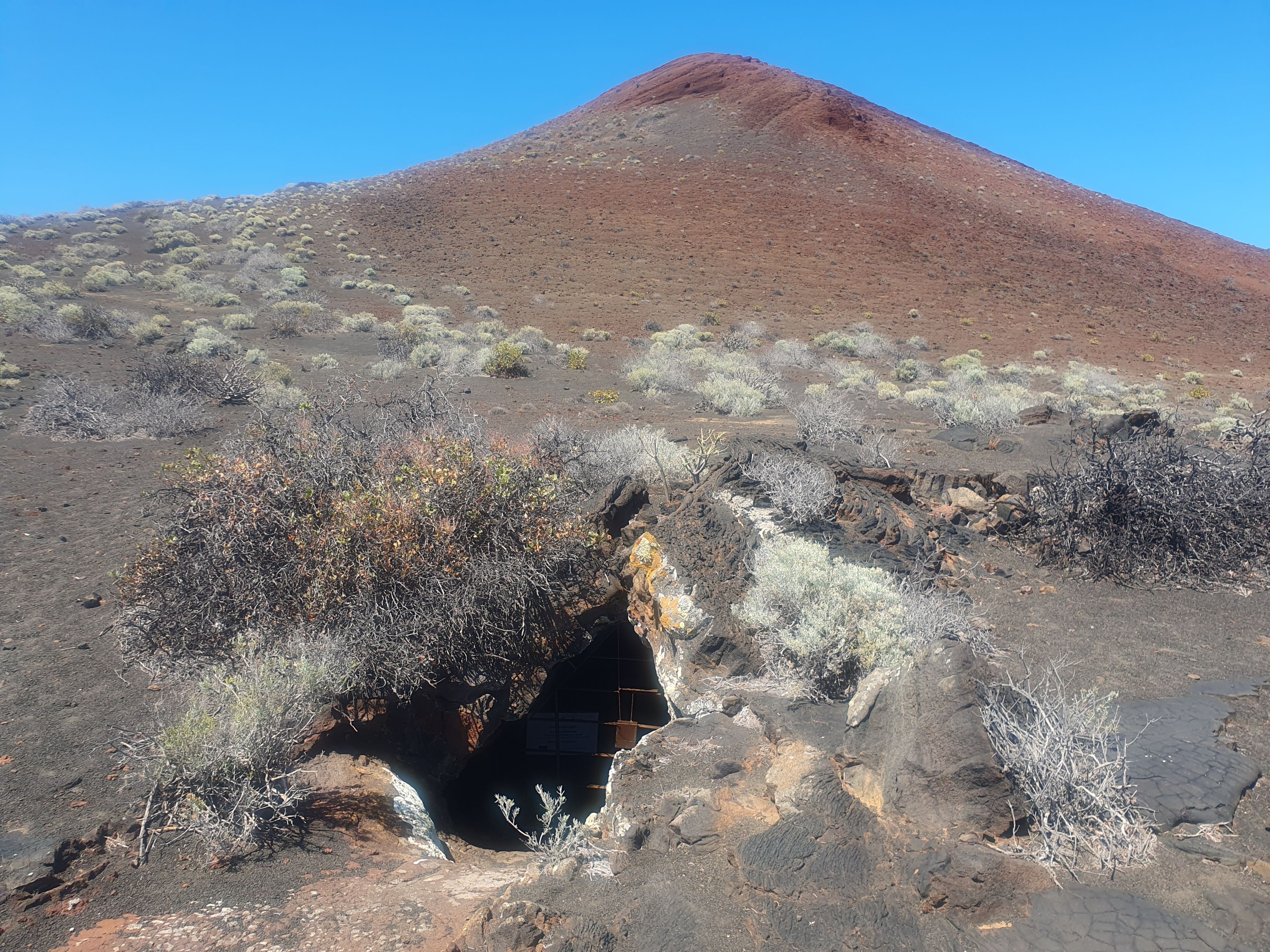
When it comes to hiking, we can confidently recommend El Hierro. The trails are beautiful, and it is rare to find a place where the terrain and vegetation change so frequently.
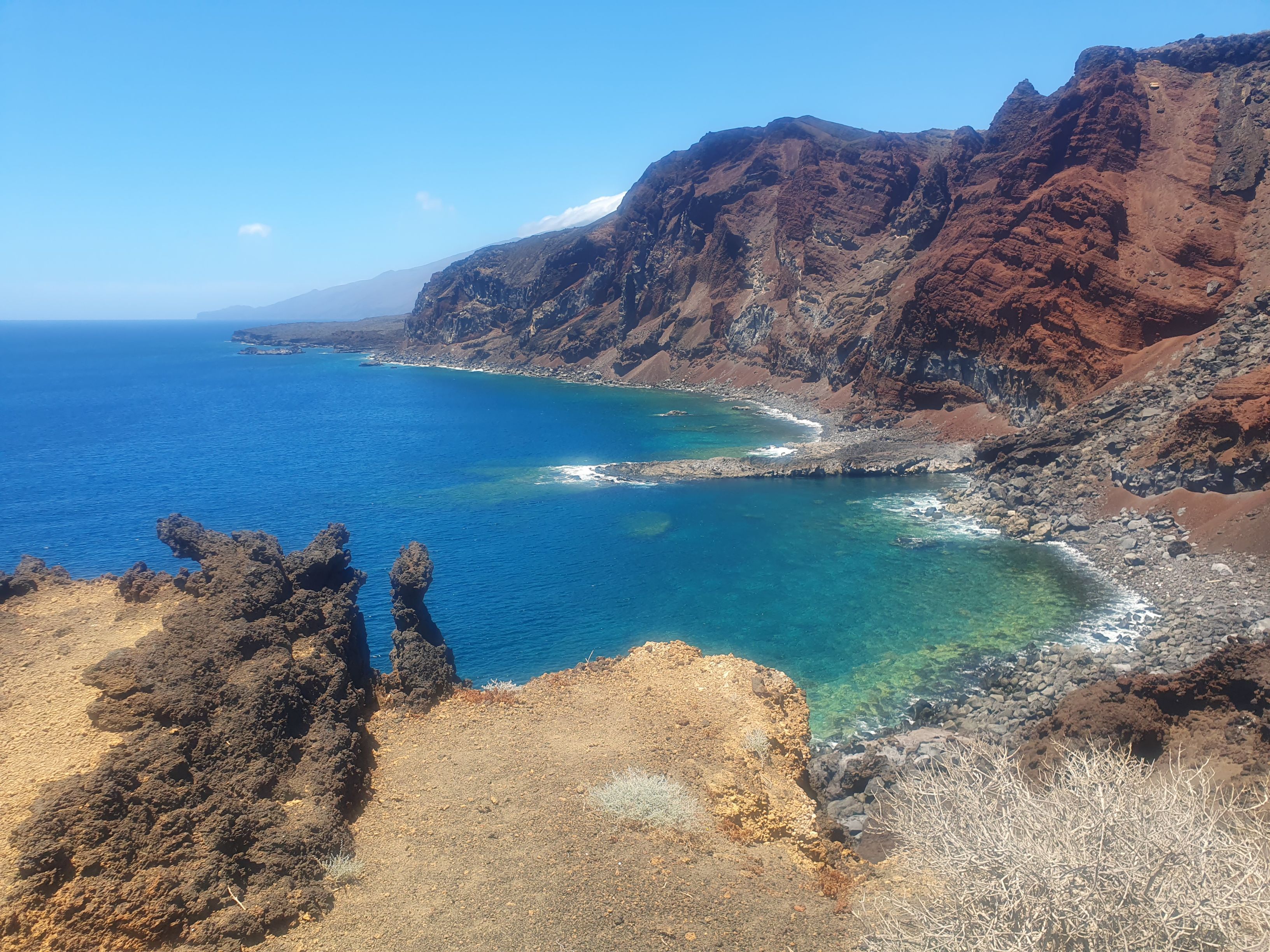
Approximately a week after the protests against the arrest of the opposition leader in Senegal, many boats with refugees begin to arrive in La Restinga. Large, wooden, laminated "cayukos" carry between 60 and 120 people.
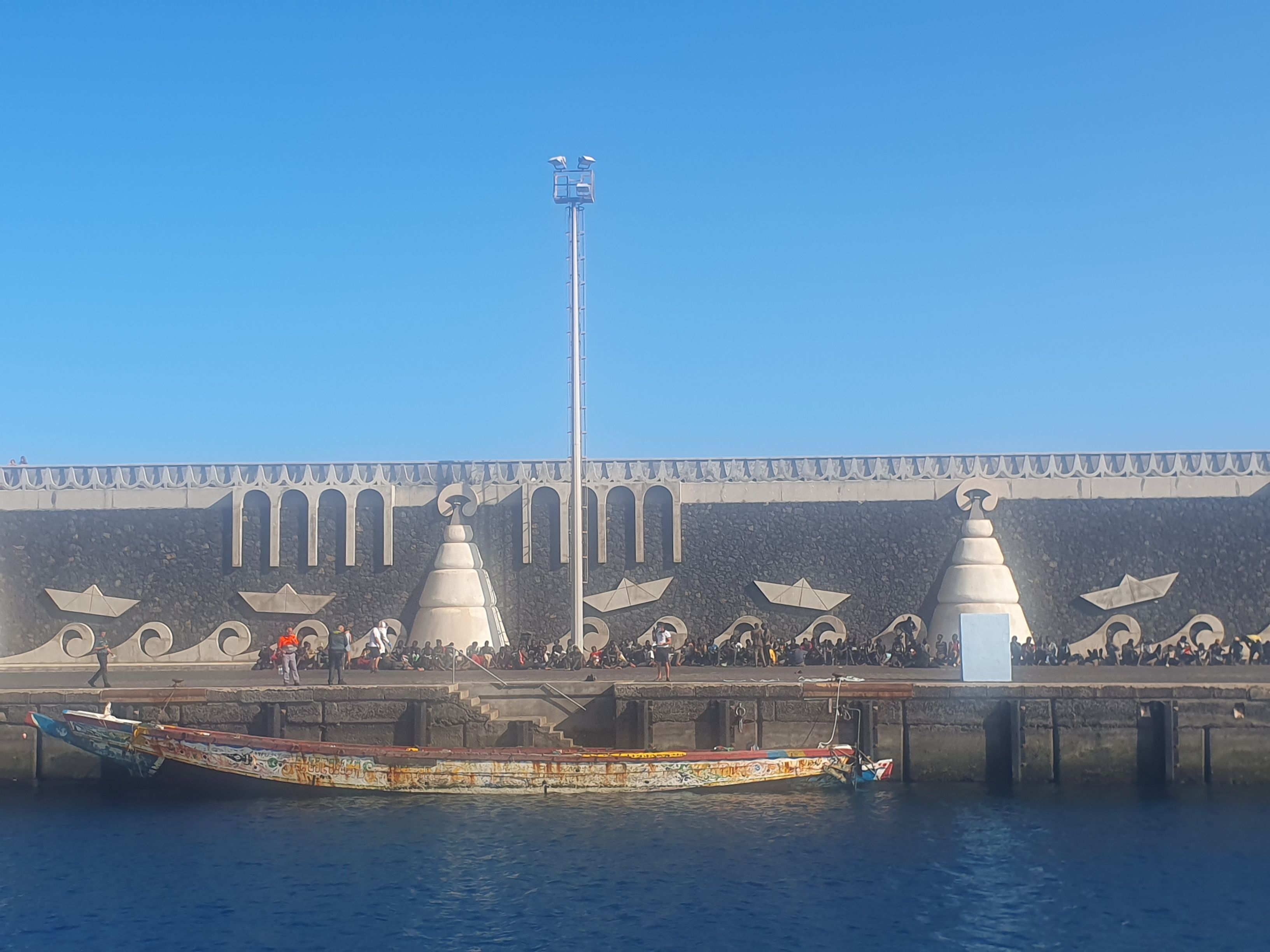
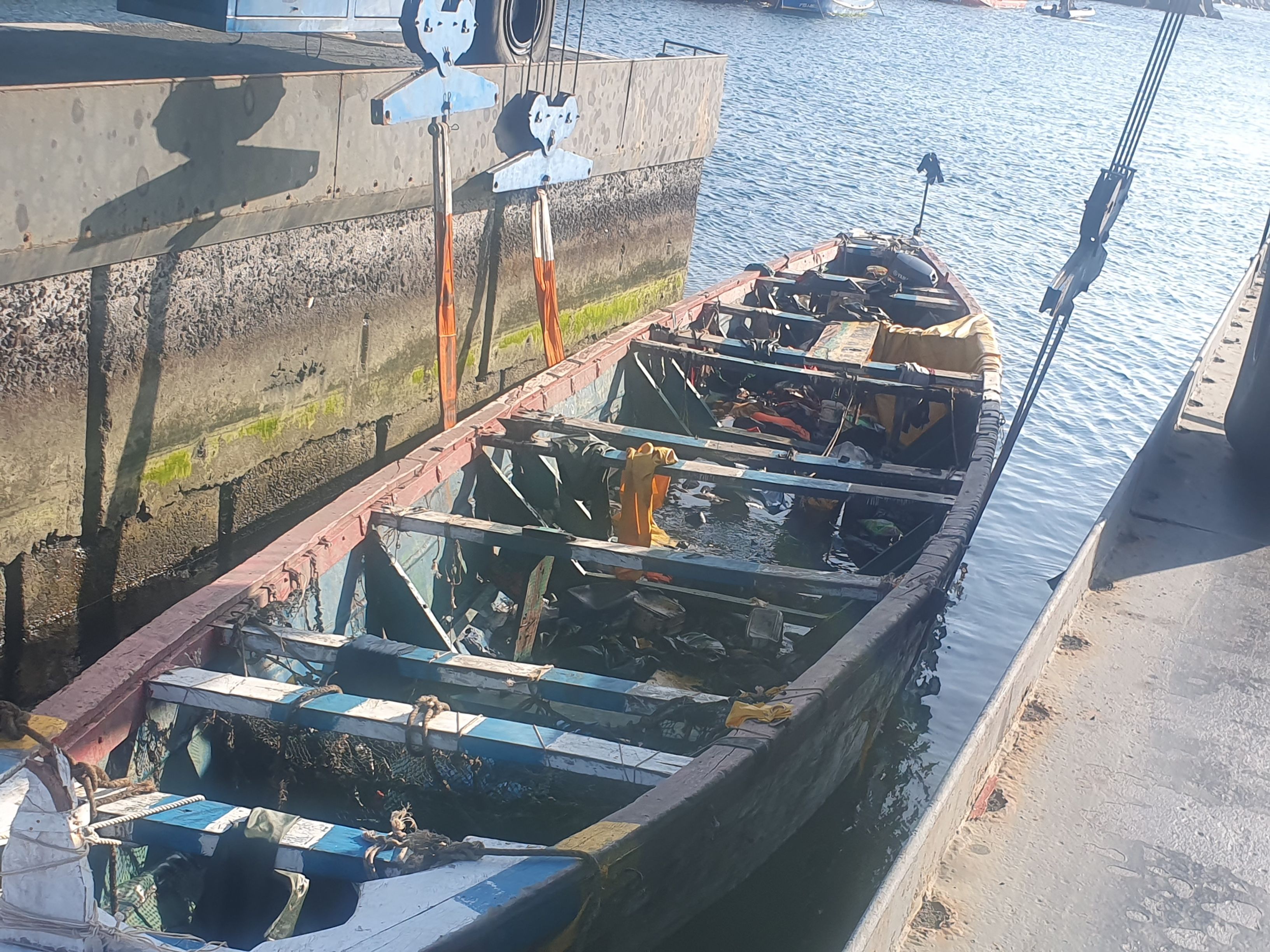
Some are in really bad condition - after being taken out of the water, they leak like a sieve.

We wonder how it is possible that they do not sink. A local informs us that they simply had luck, as many sink along the way. Many also do not reach the Canaries, and later boats full of corpses are found in the Caribbean.
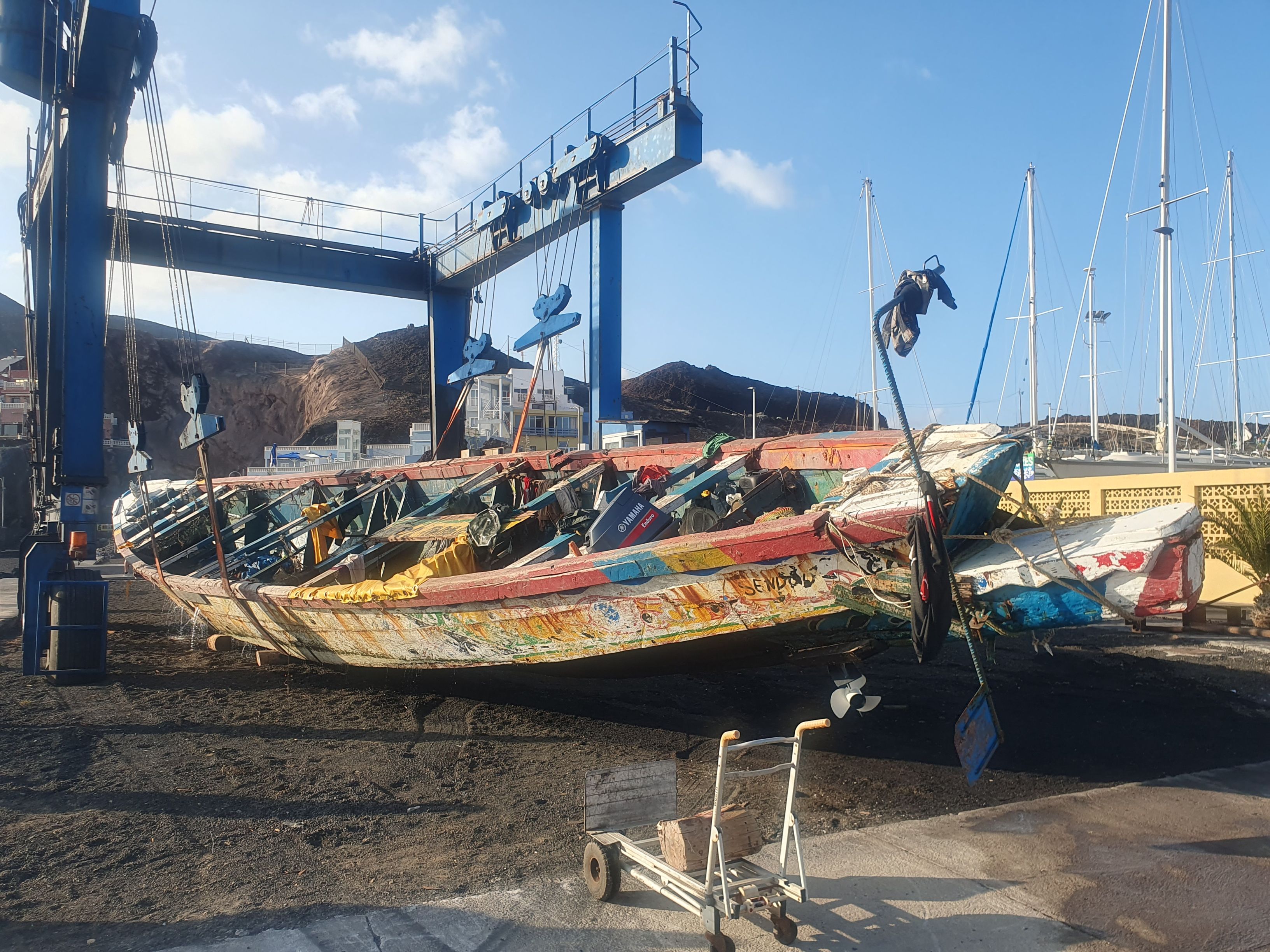

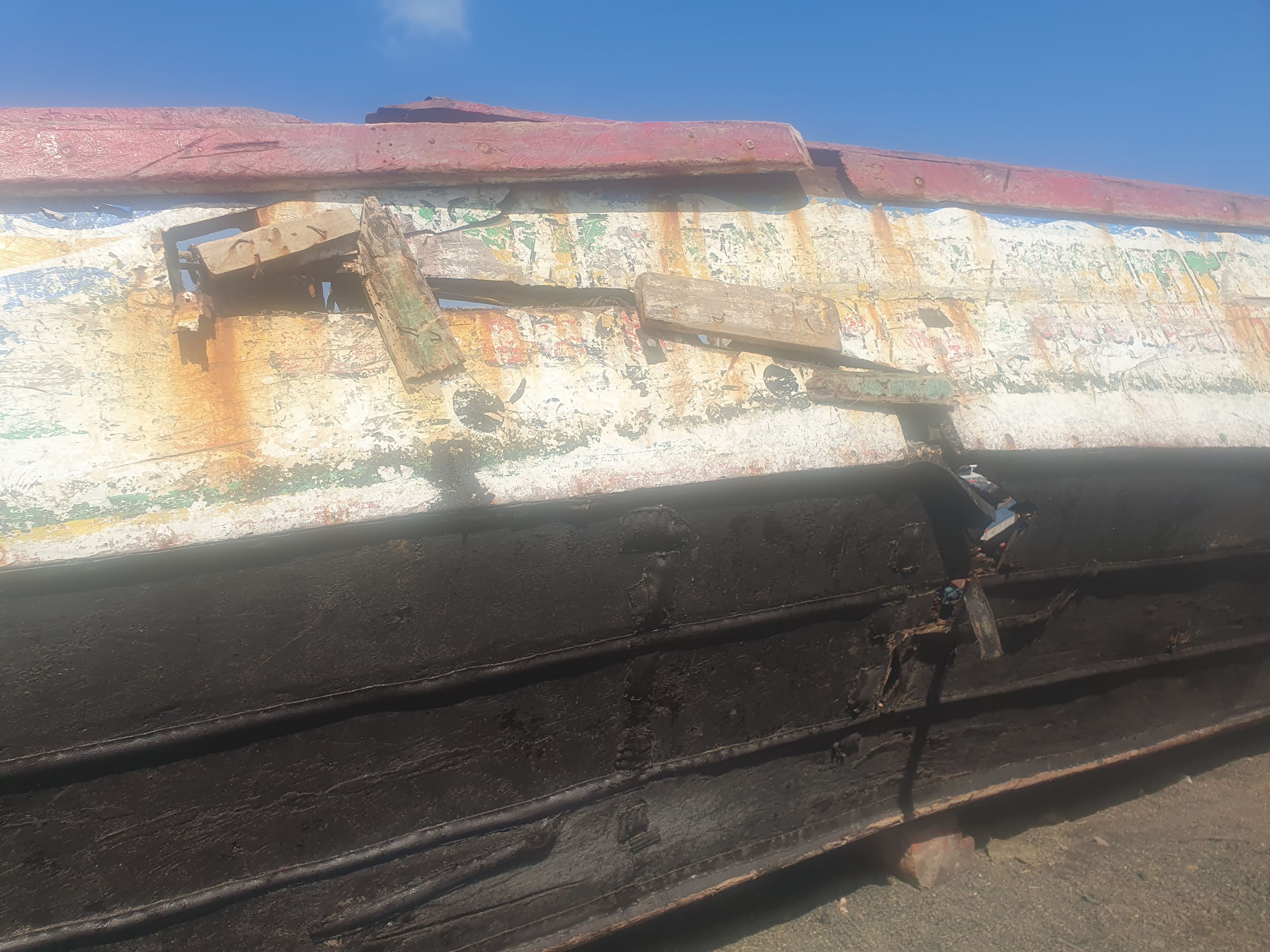
The people of El Hierro react calmly and kindly to the influx of newcomers, waving and smiling. One of the port guards explains to us that these are people from Sub-Saharan Africa and they do not cause any problems. Red Cross volunteers provide first aid to those in need and transport them to a refugee center. Then some are sent to other islands or mainland Spain, while others are employed on El Hierro. The only thing that really annoys the residents of Restinga are the cayucos, or rather the lack of decision on what to do with them. Due to the nature reserve, they cannot be sunk near the shore (which is not easy anyway, as most are made of wood). Laminated wood is also not suitable for burning. Therefore, more boats are dragged ashore, sawn into pieces, and stored on adjacent streets.
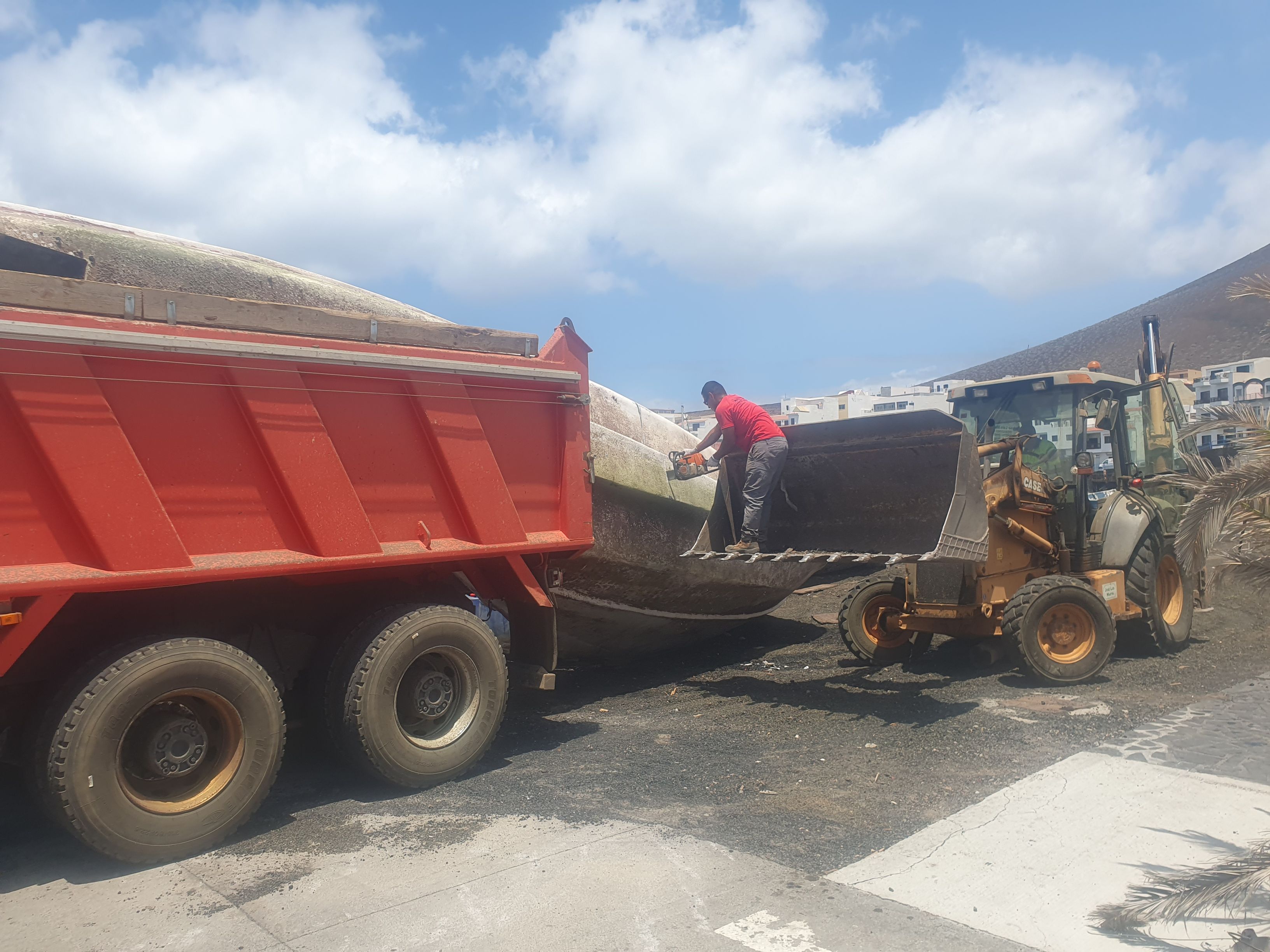

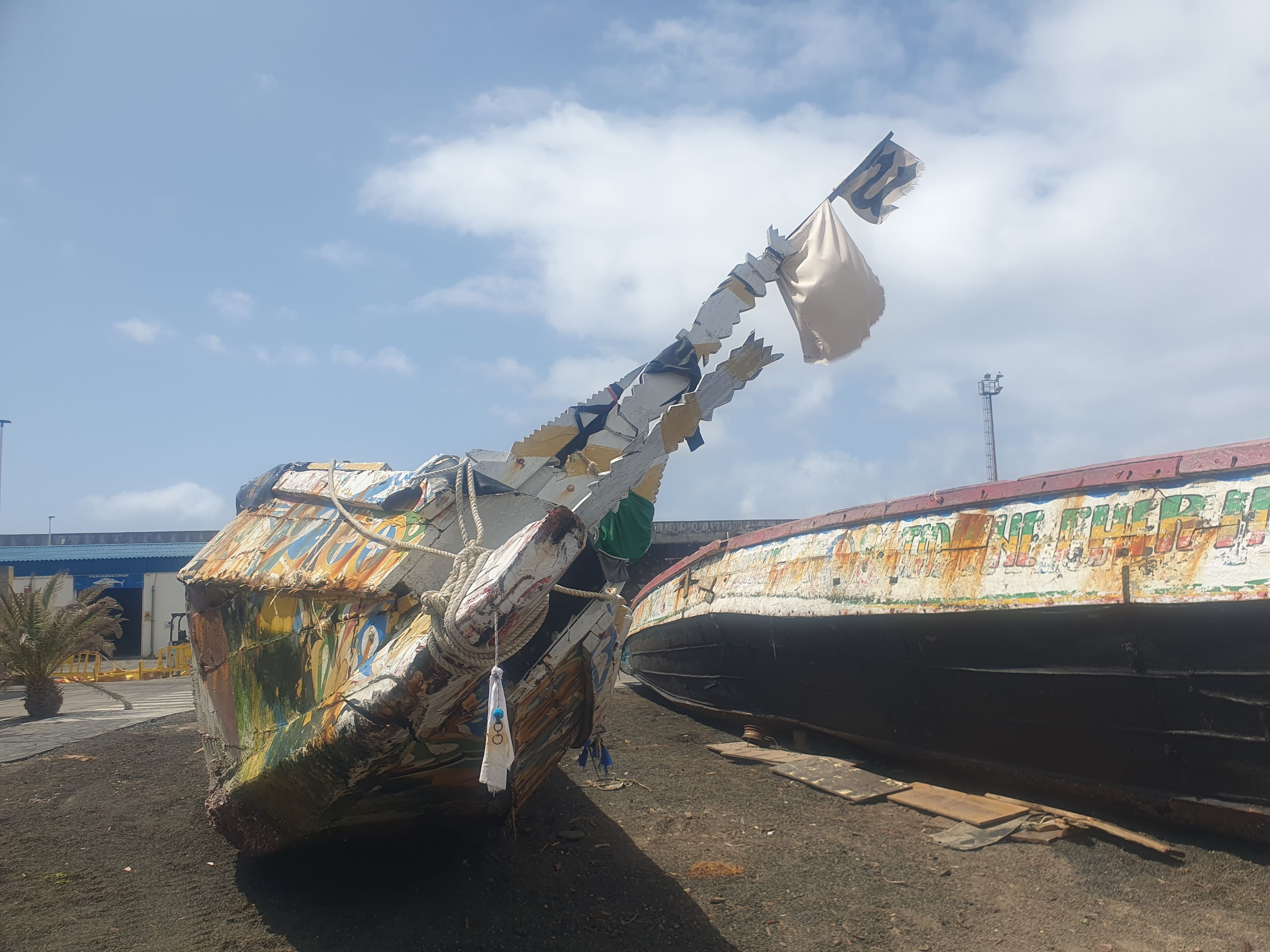

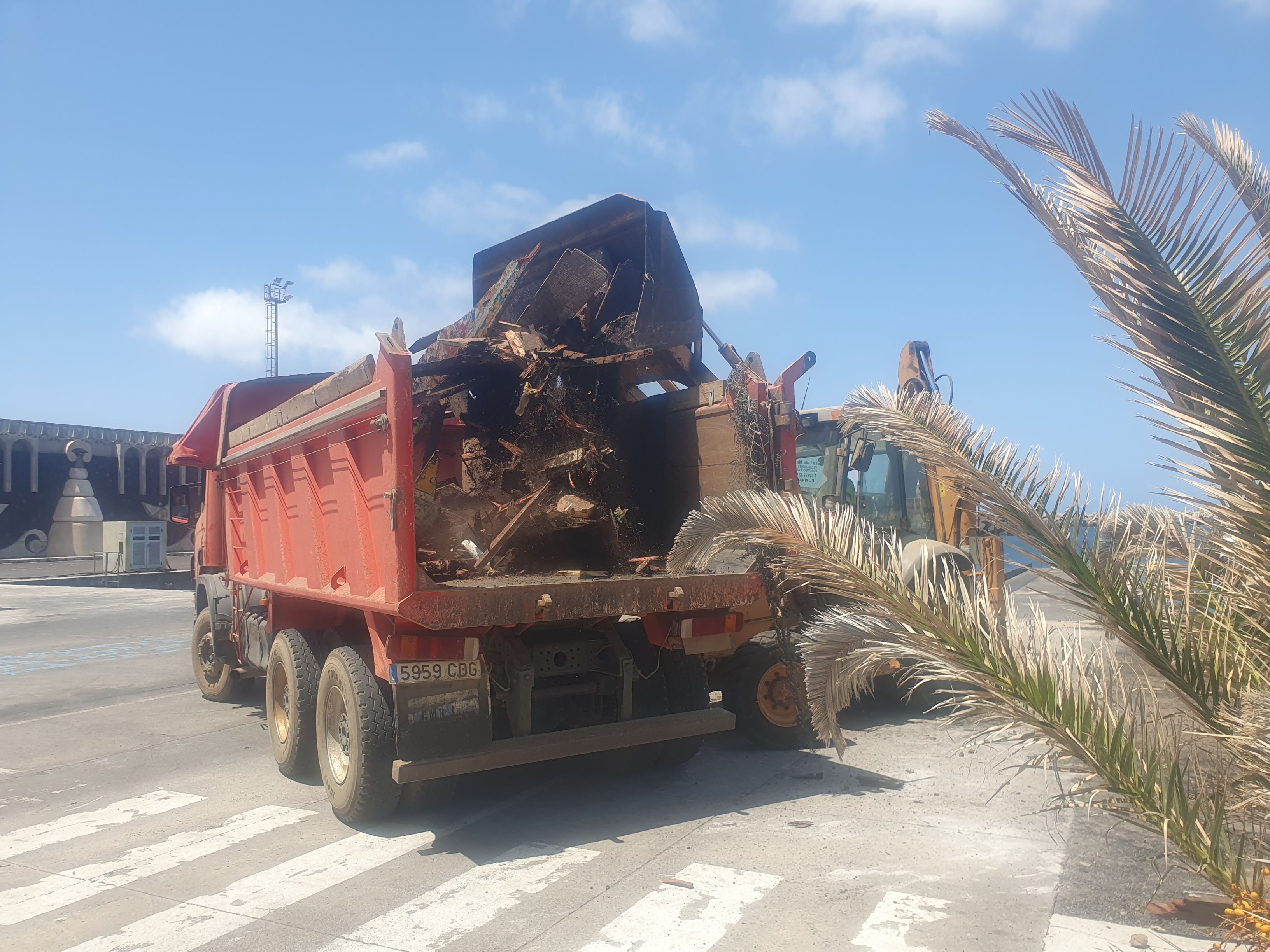
Engines are destroyed and scrapped because if they are put up for sale, human traffickers will buy them and use them again.
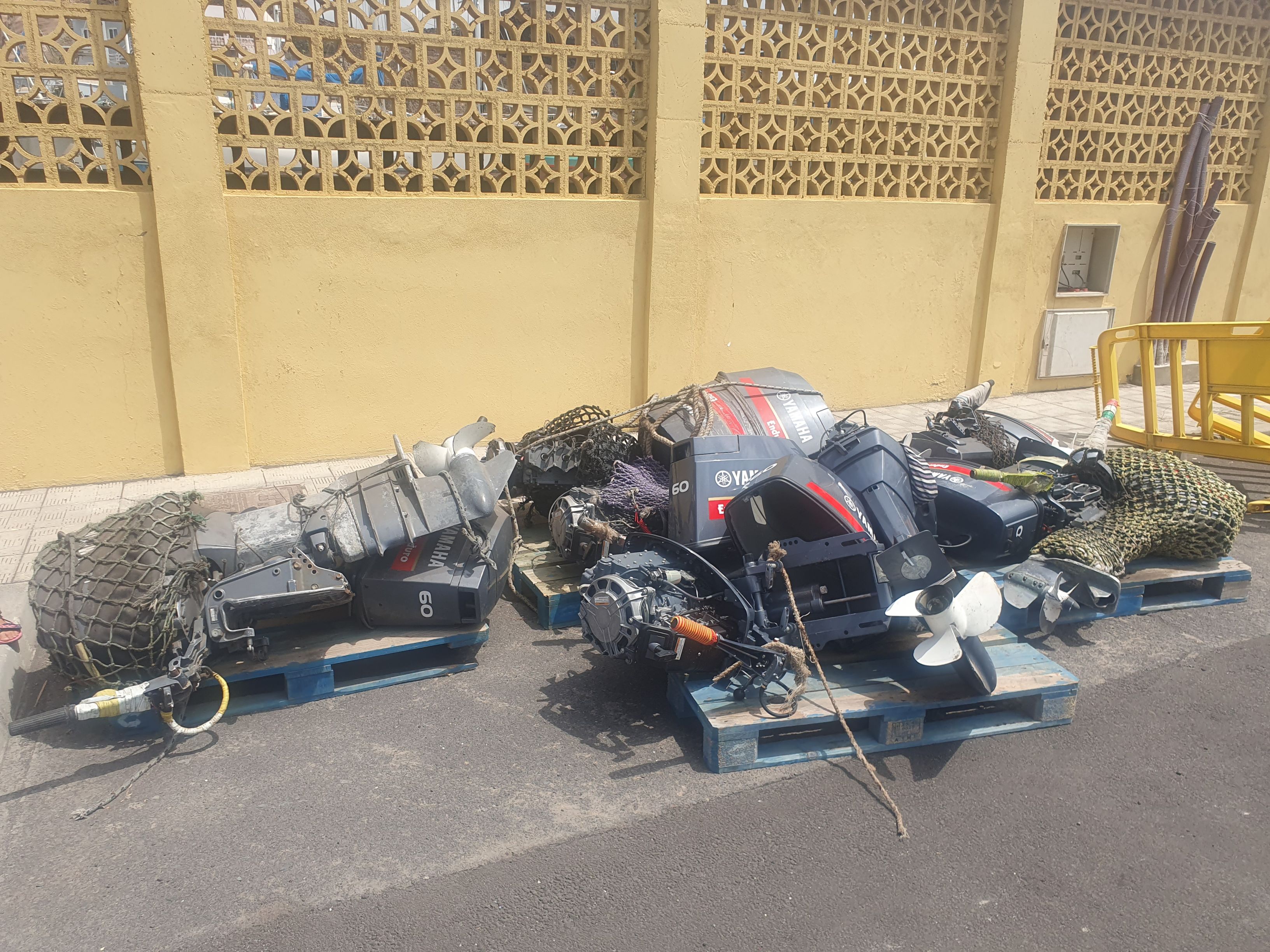
One evening, a cayuco arrived late when the brotherhood was already closed. As we were the only sailors in the area at the time, the port chief asked Kamil for help. After inspecting the boat, "necesitamos la bomba" was said, which turned out to mean they needed a pump. The pump helped, but leaving such a terribly leaking vessel in the water could have ended badly, so the men dressed in disposable protective suits and masks and began pulling the boat out. It turned out that the chief was very adept at operating the crane. When the crane was positioned over the dock and ready to take the vessel, Kamil sat at the helm of the cayuco and the chief operated the engine placed closer to the center of the boat. They managed to position and pull the boat out of the water without any major issues. It remained on the crane until morning to determine what to do with it.
We wonder how much sympathy for refugees here is due to the history of the residents - every family either came here, or someone from it emigrated to Europe, South or North America. One of the security guards was a military pilot in Venezuela (he even once visited Mielec plane factory in Poland), the taxi driver who drove us is an Argentinian engineer awaiting his diploma validation. They still remember times when the island didn't desalinate water and their families fled, among other places, to Venezuela. Now they're returning. Perhaps that is why Hierroans welcome refugees kindly.
We have some time, so we go for several dives with "our" school. It's beautiful here, as usual. We're taking a course for a new certification - deep diver. We're learning how to manage oxygen and decompression at greater depths. Underwater, we complete various exercises. Once this led to a funny situation. While Zuza and the instructor were solving a task, Kamil noticed a sizable fish (grouper) nearby. He started recording it and wanted to capture a shot with the girls to give a sense of scale. The grouper seemed interested in what they were doing and swam within arm's reach. The instructor thought it was Kamil and attempted to hand him the task slate. The entire situation was recorded.
We are once again wondering if we are not undertaking our voyage too quickly, given that such a small place as El Hierro could have been beautifully experienced for several more years.
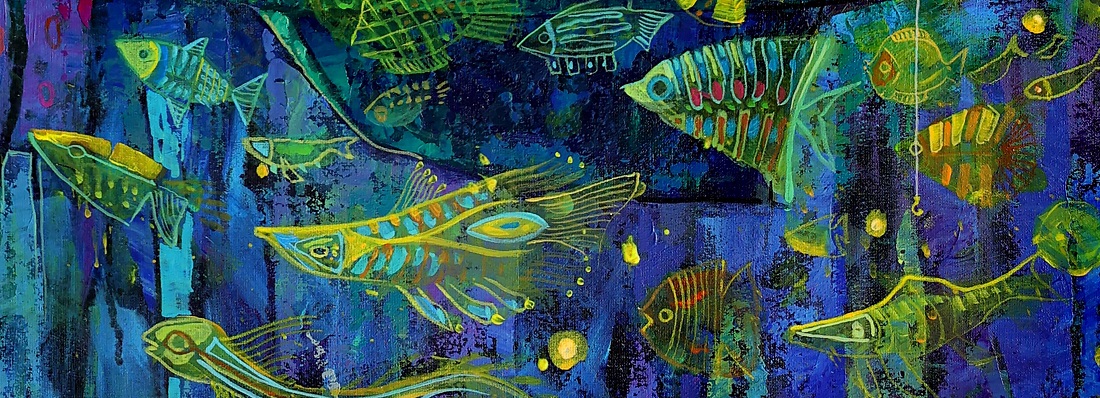

Comments